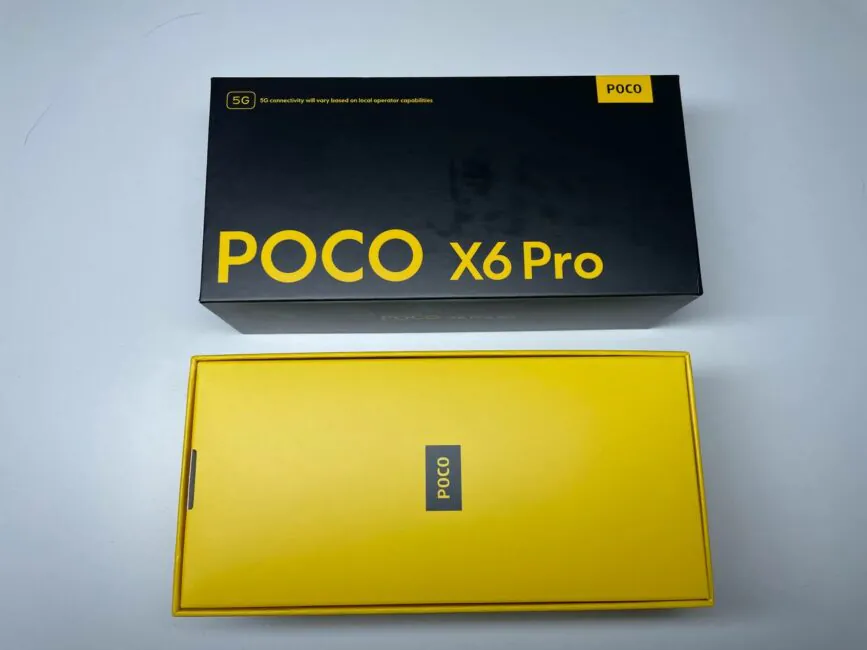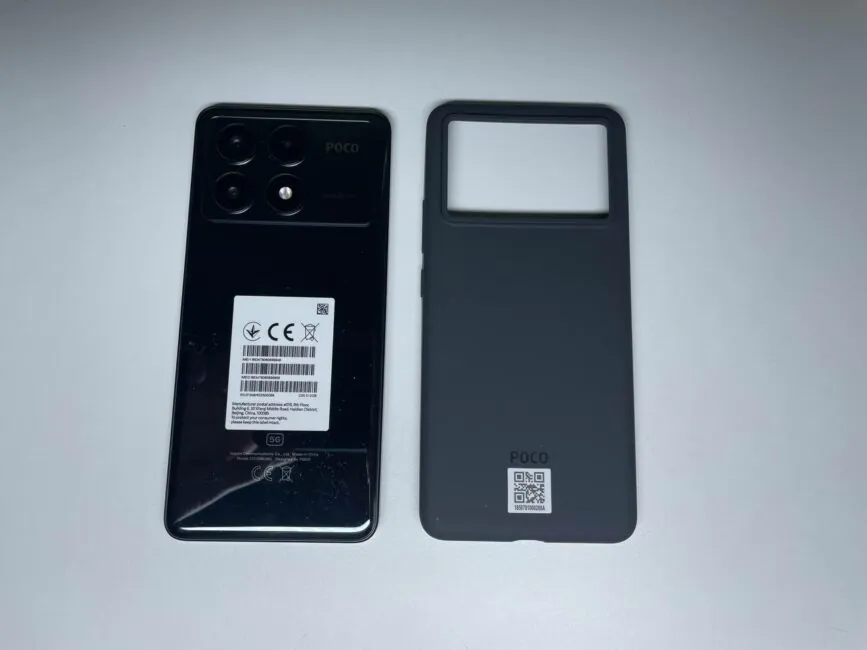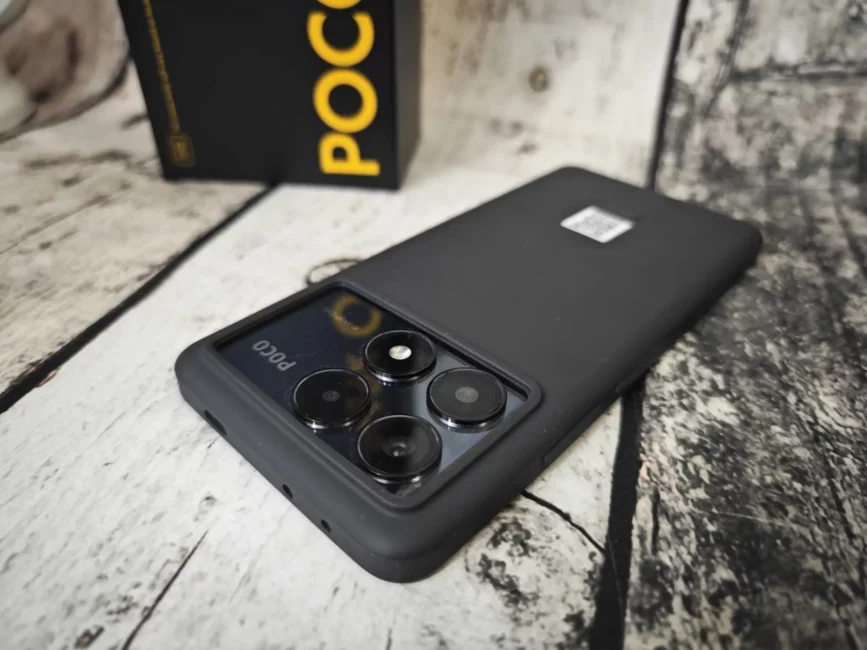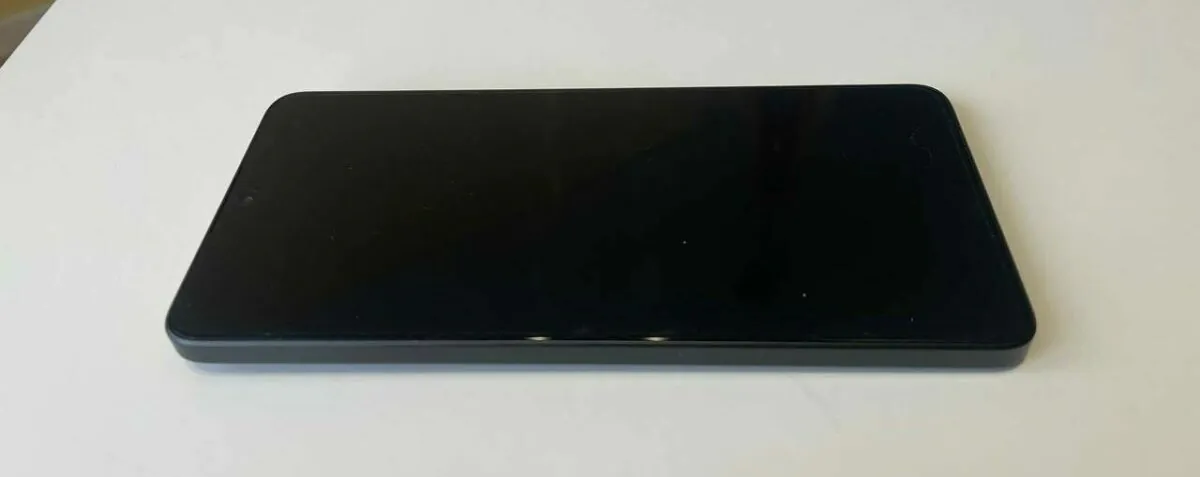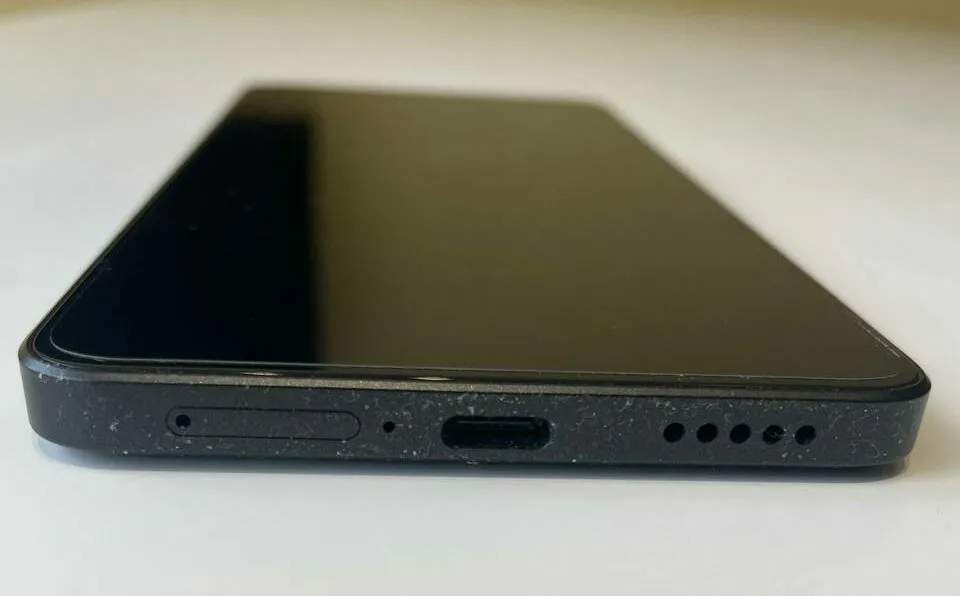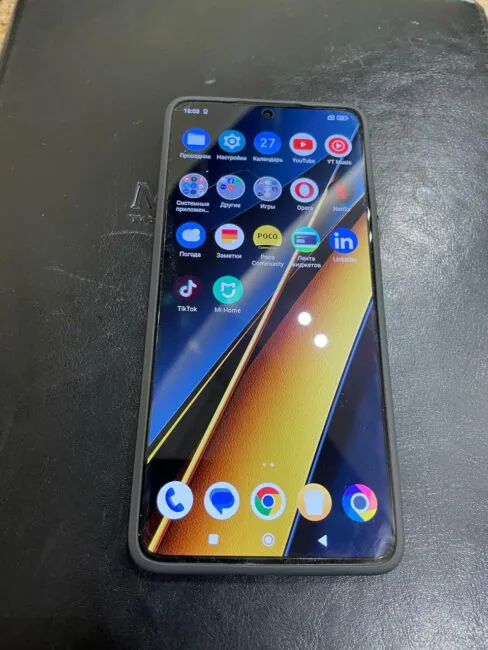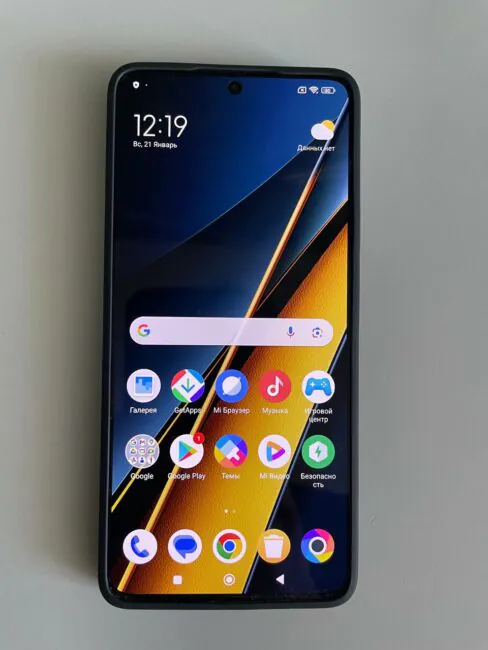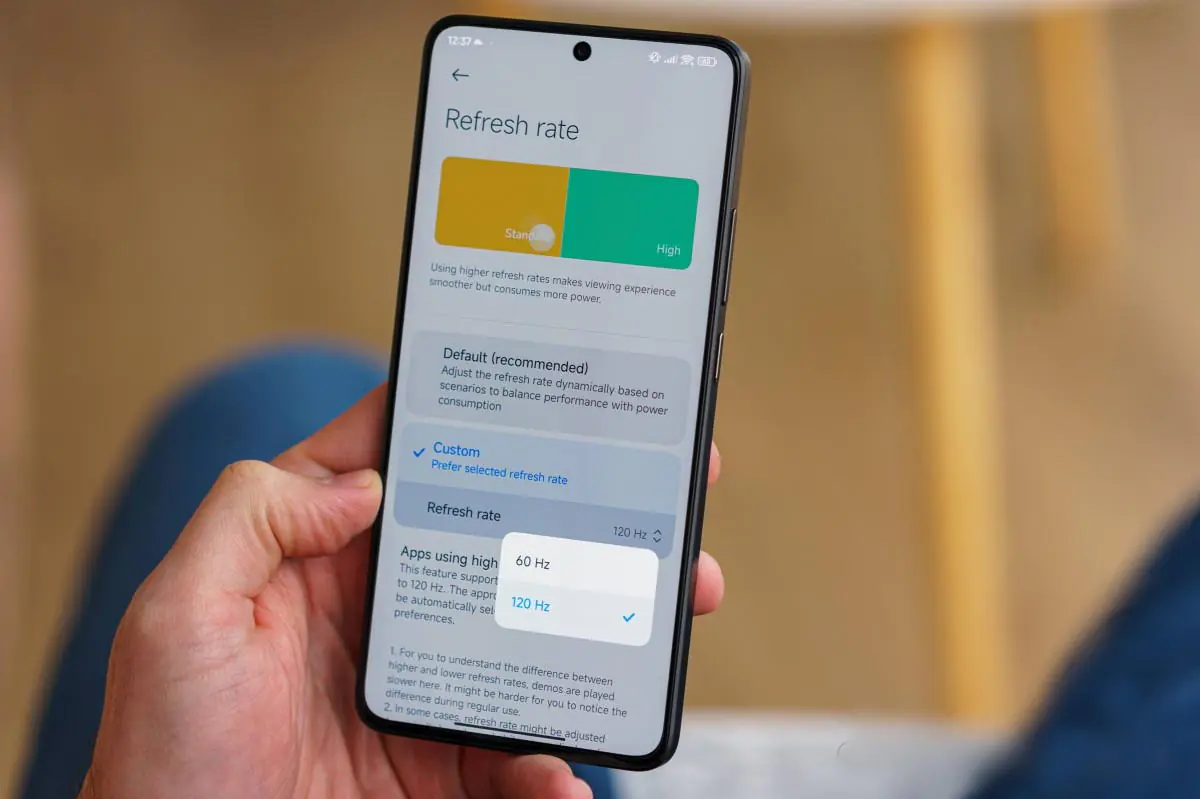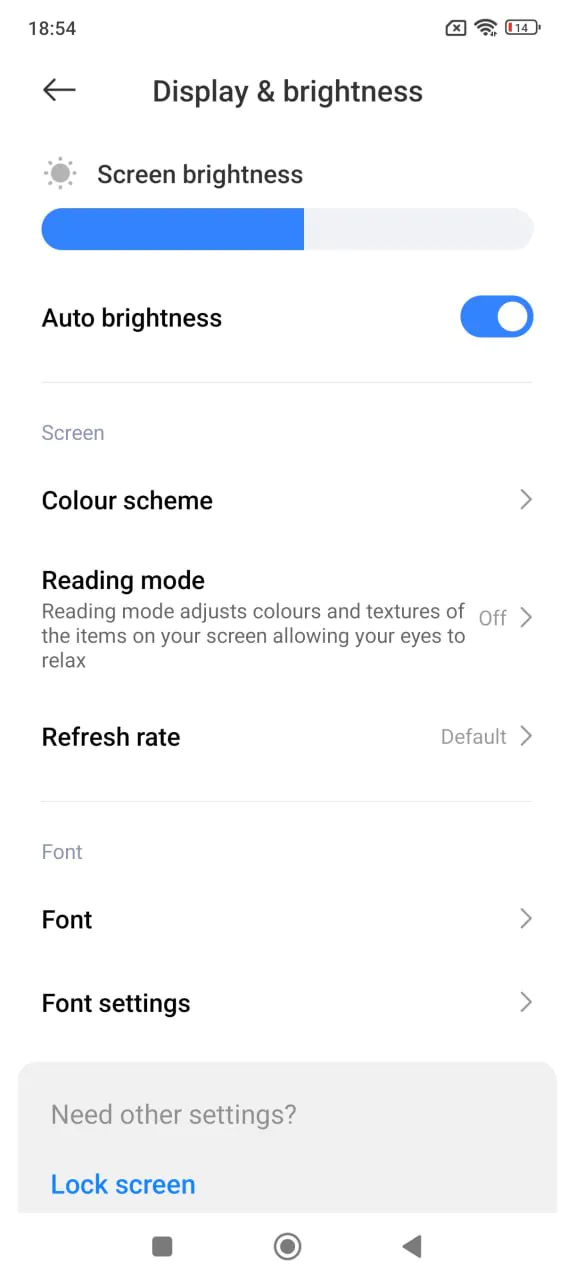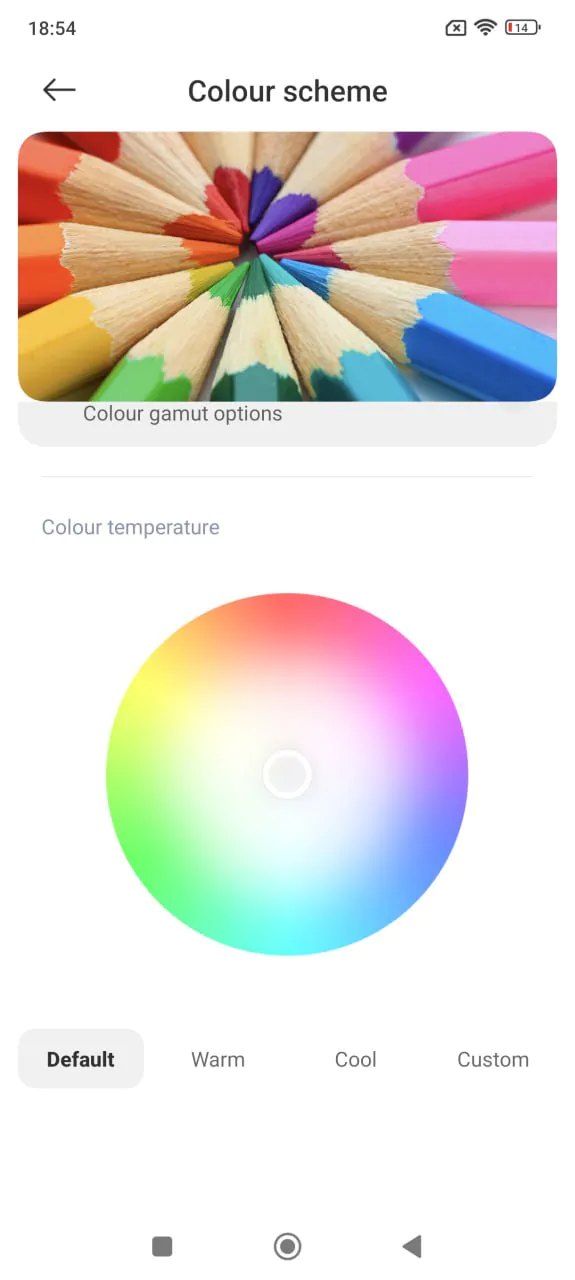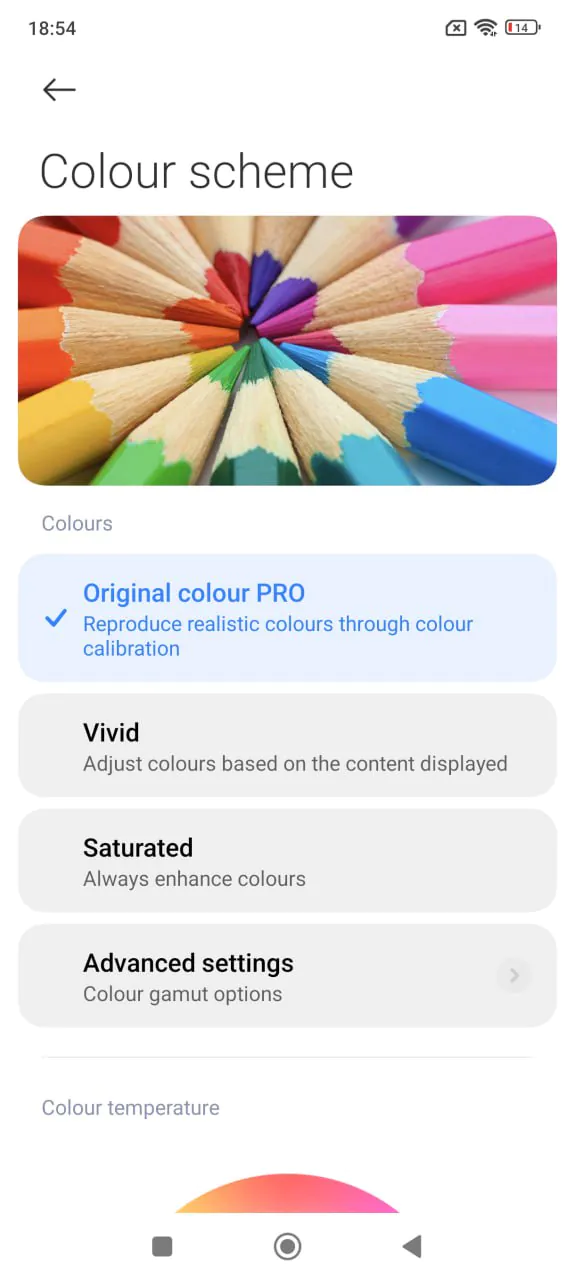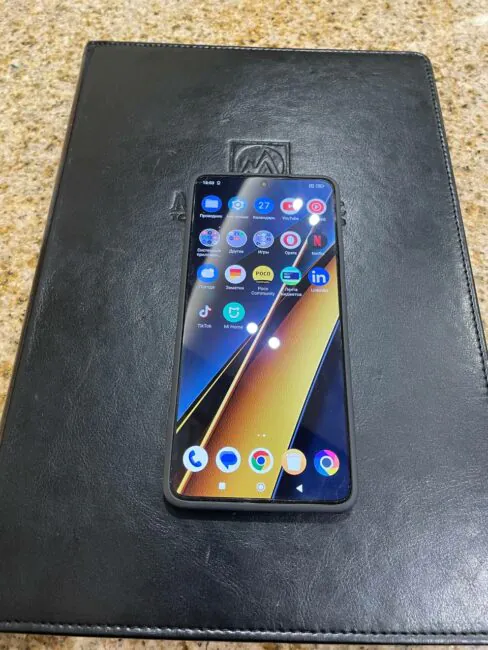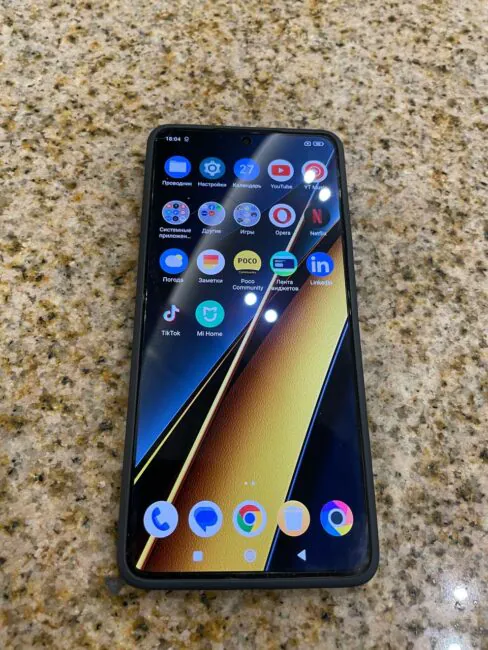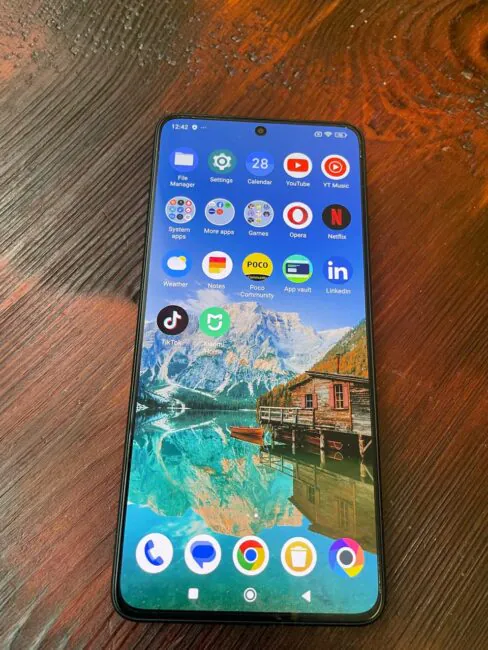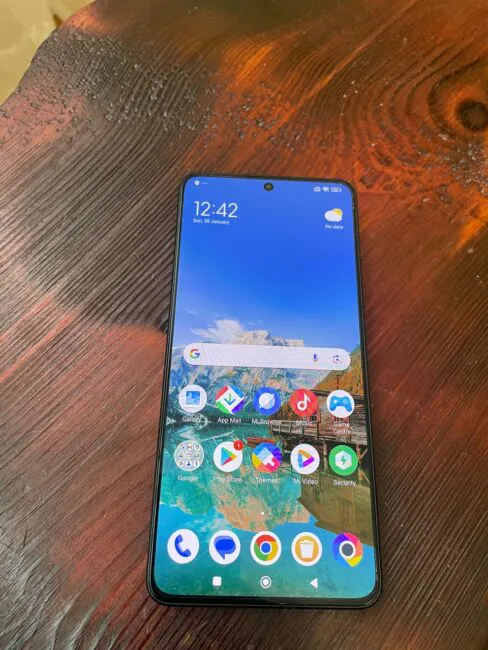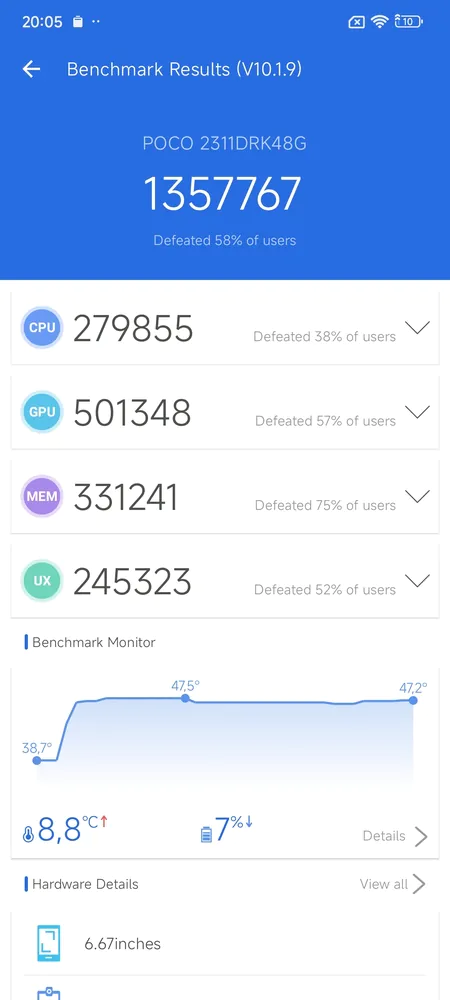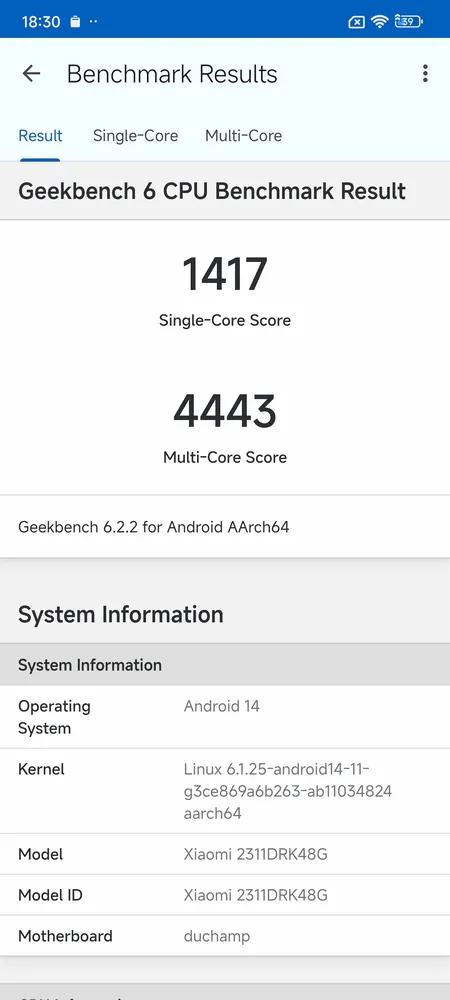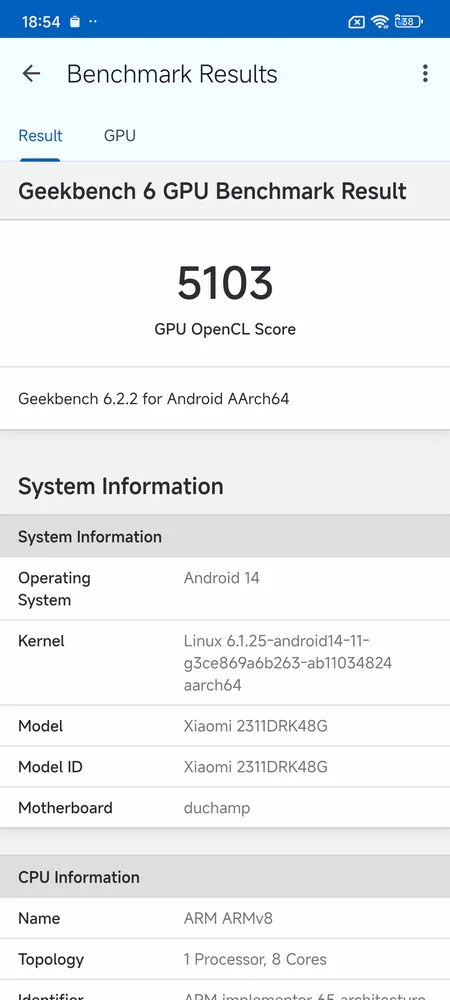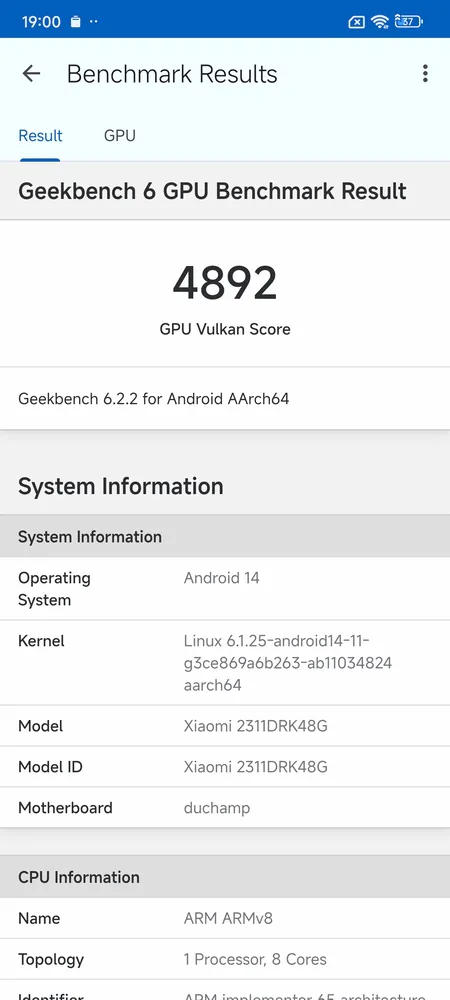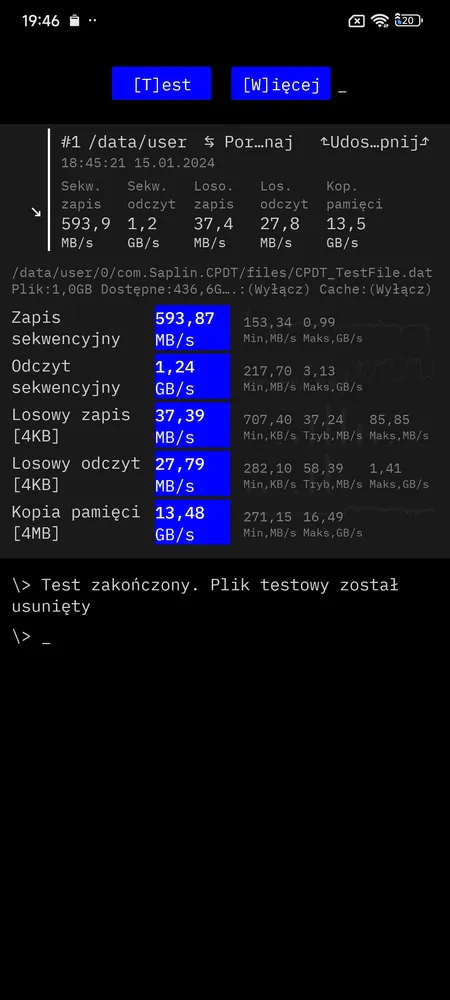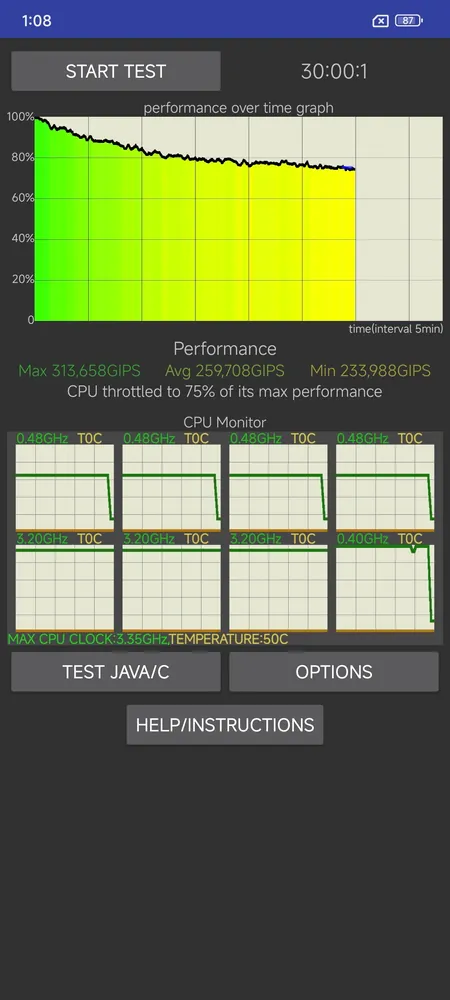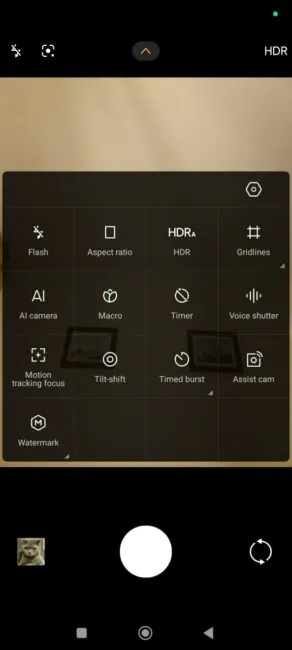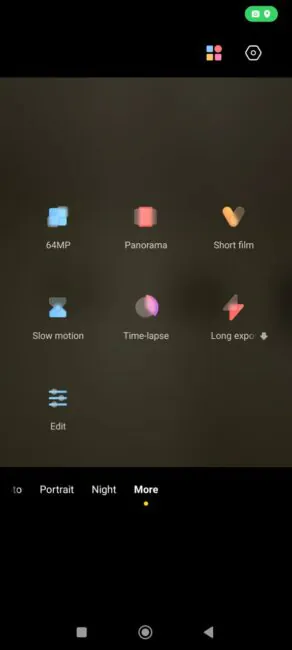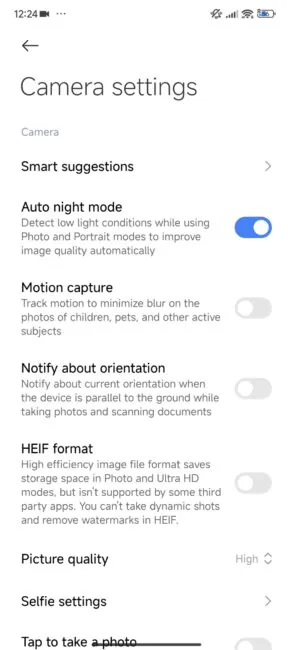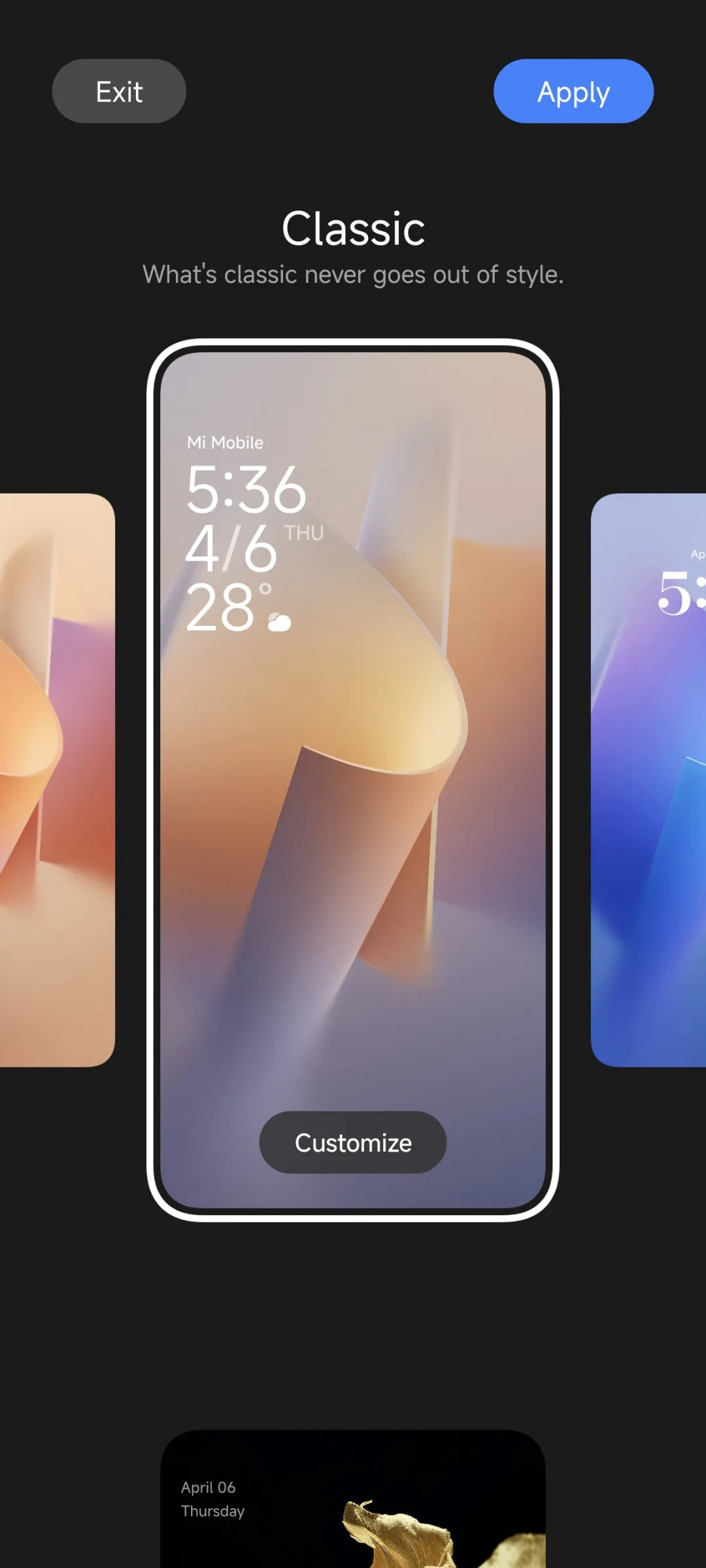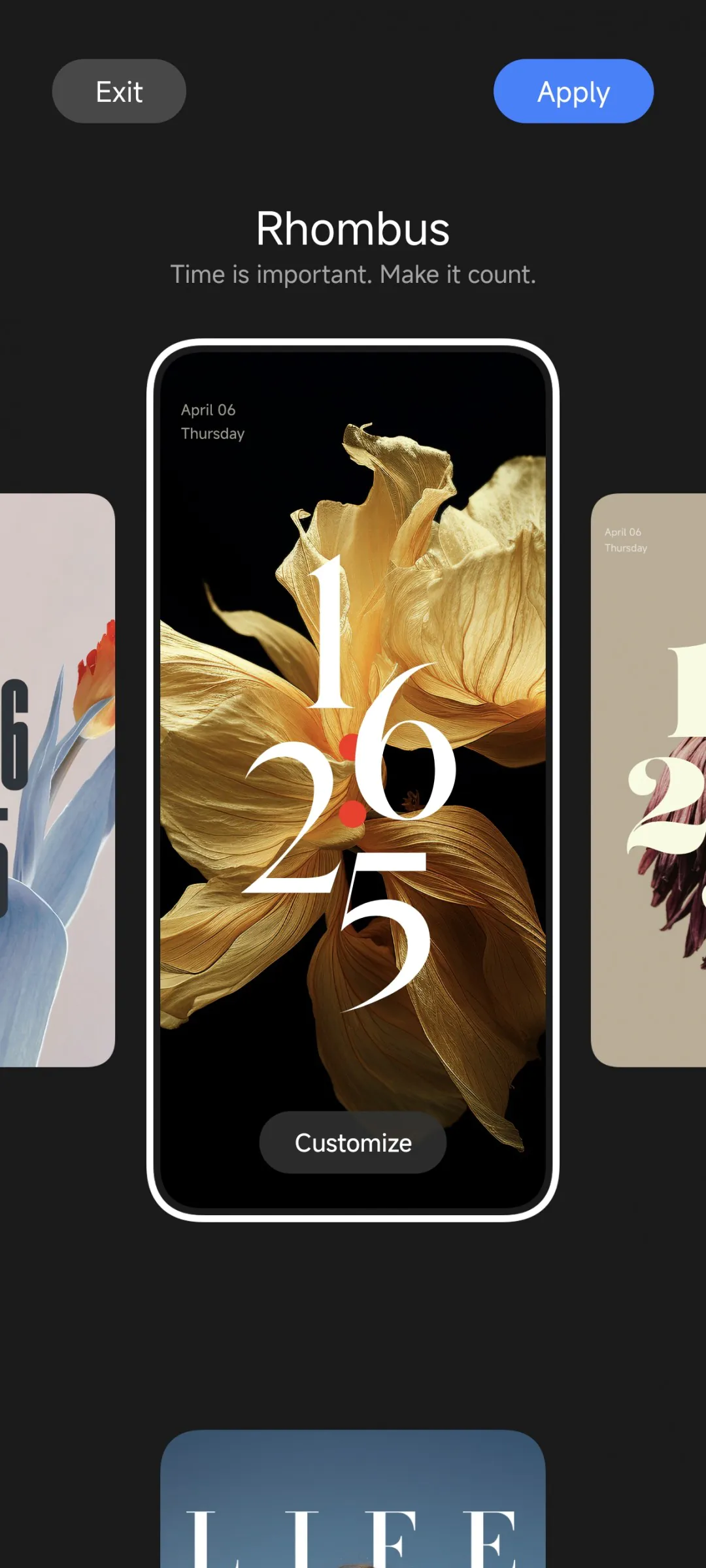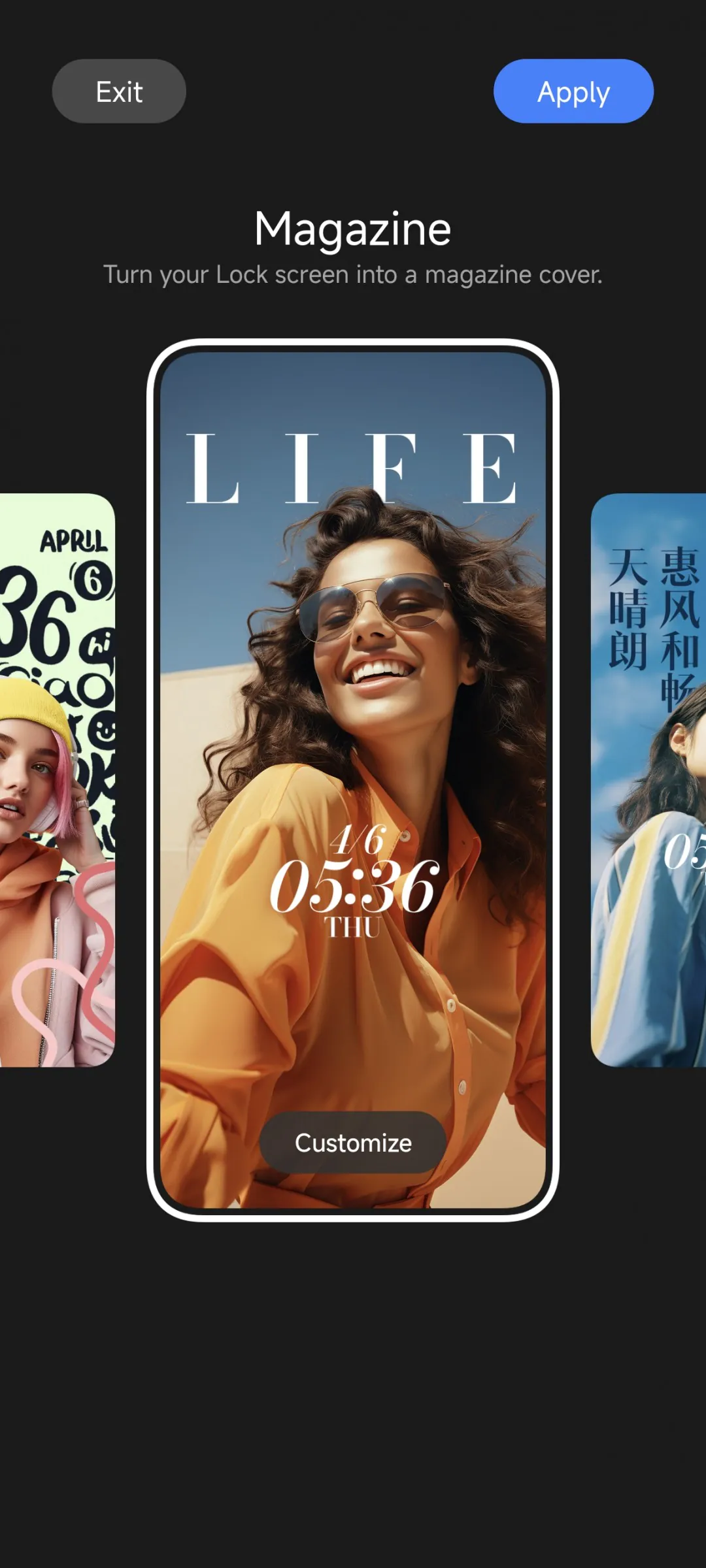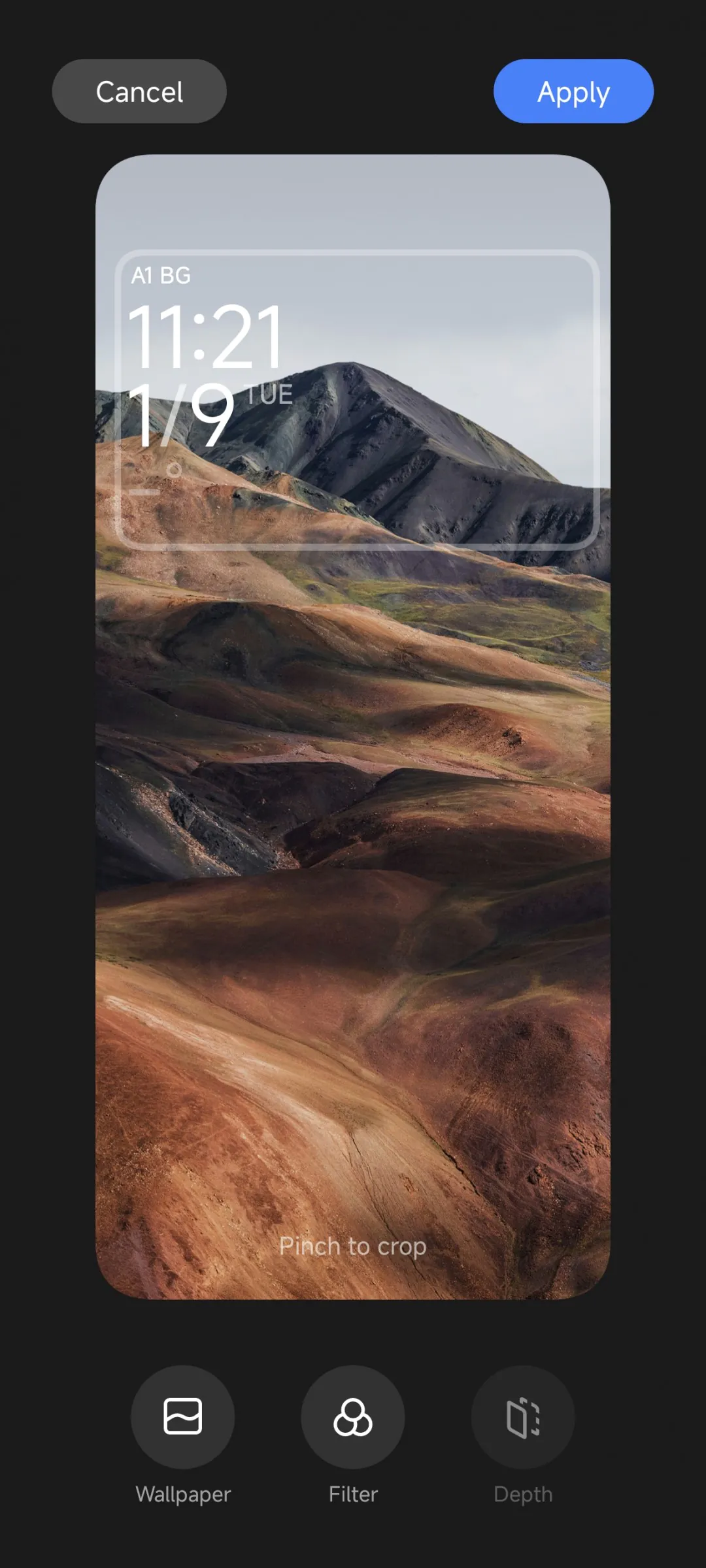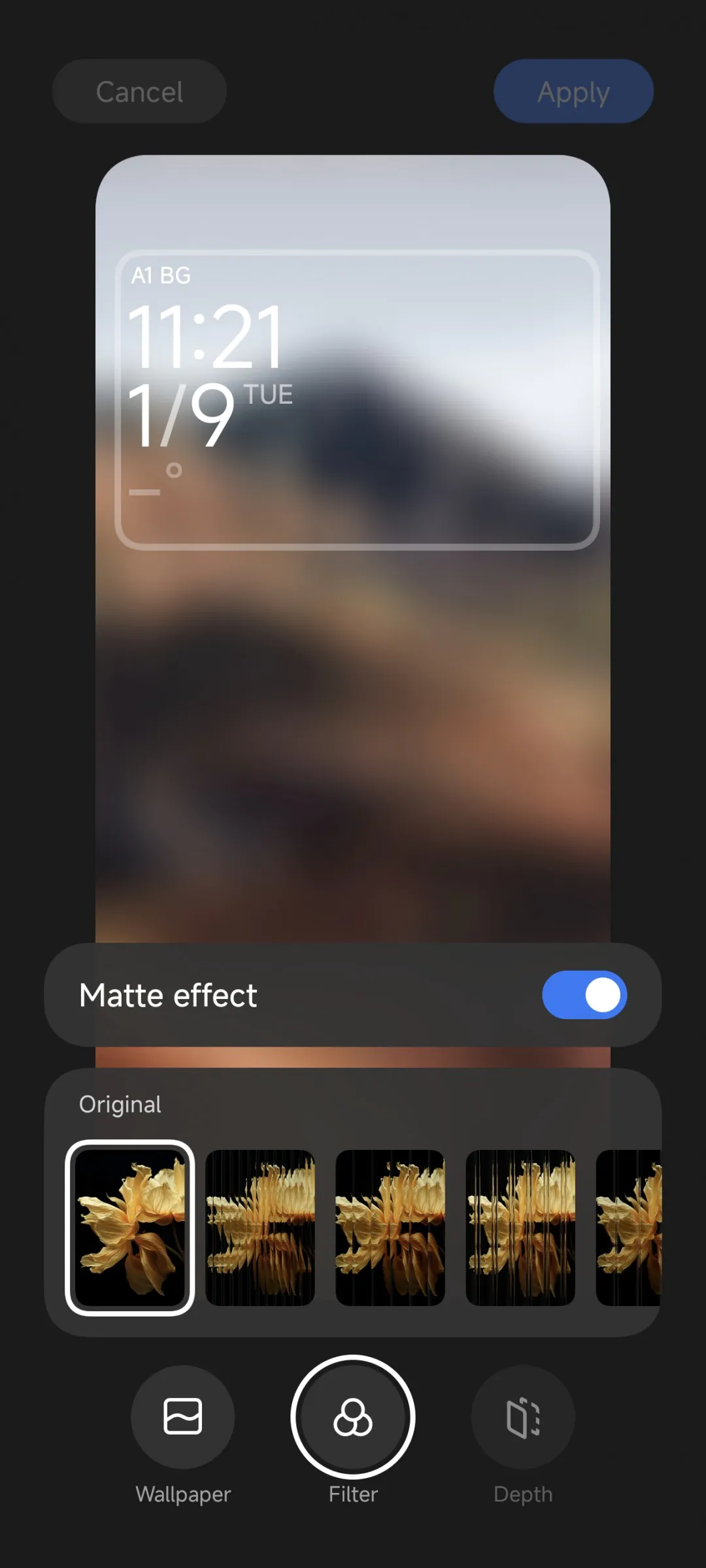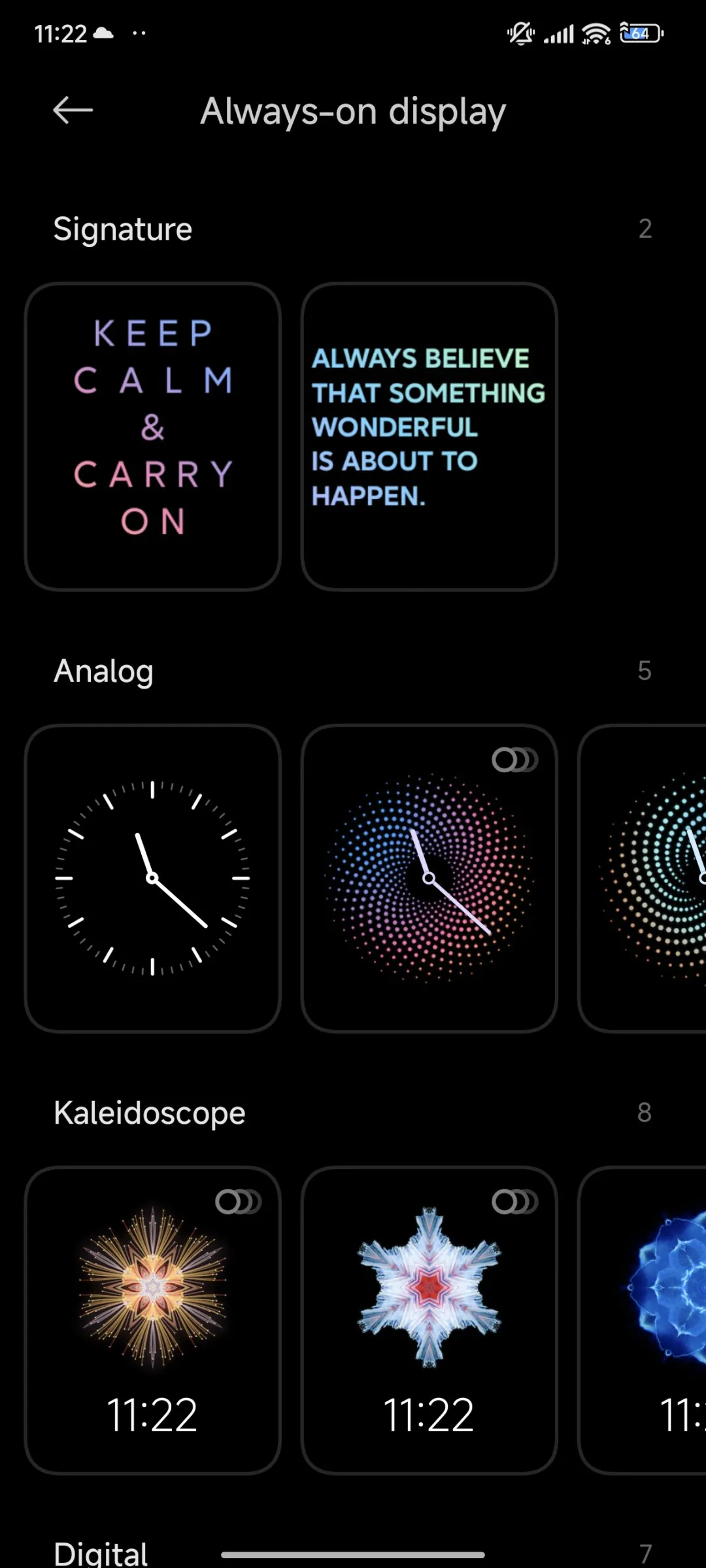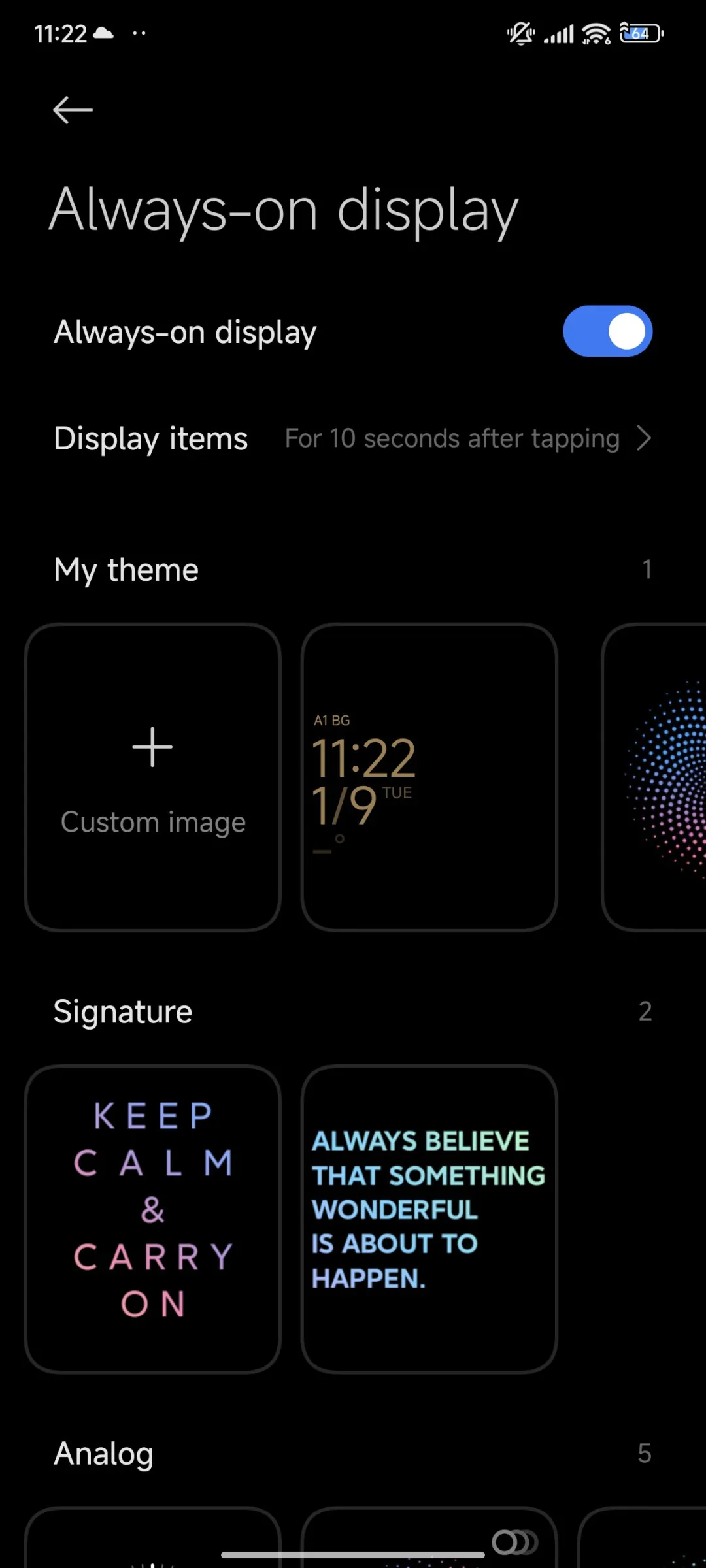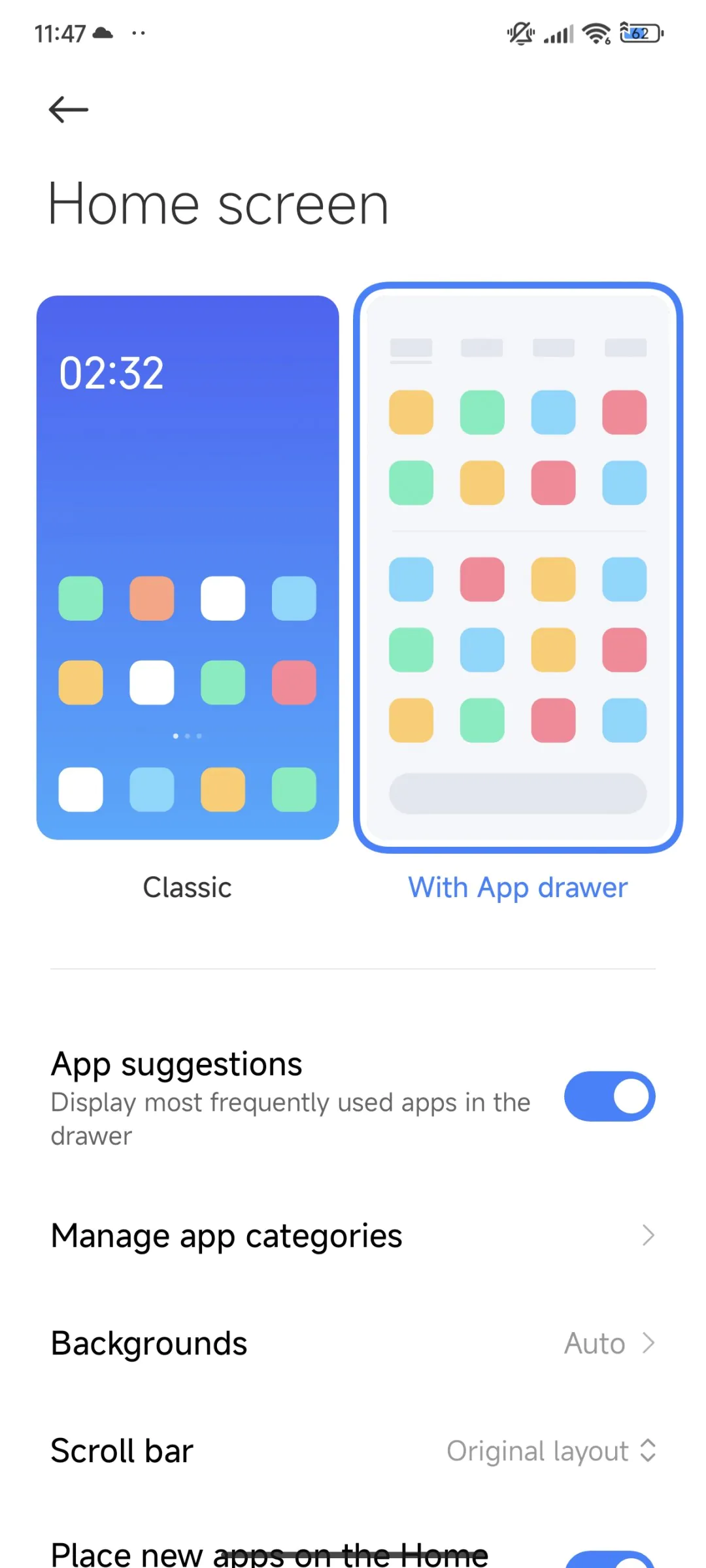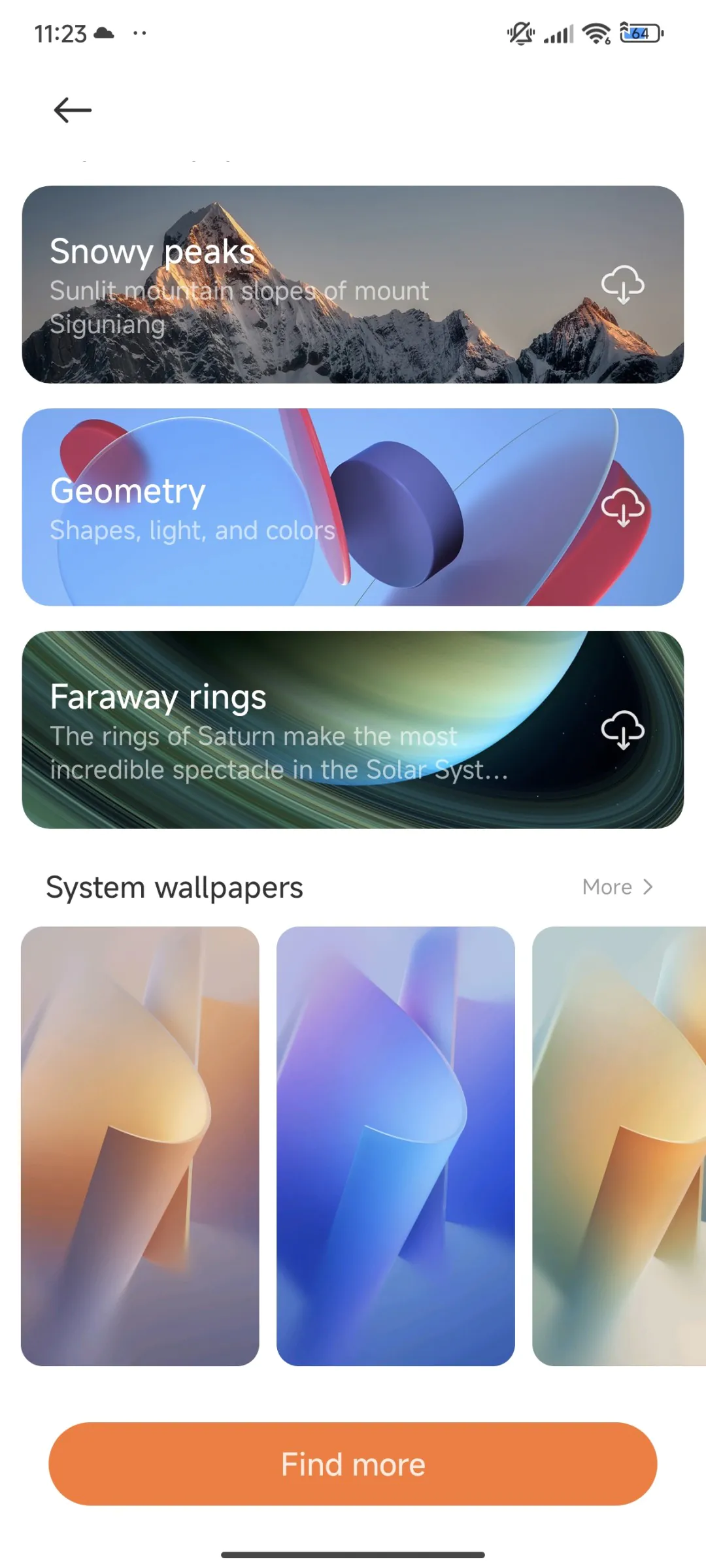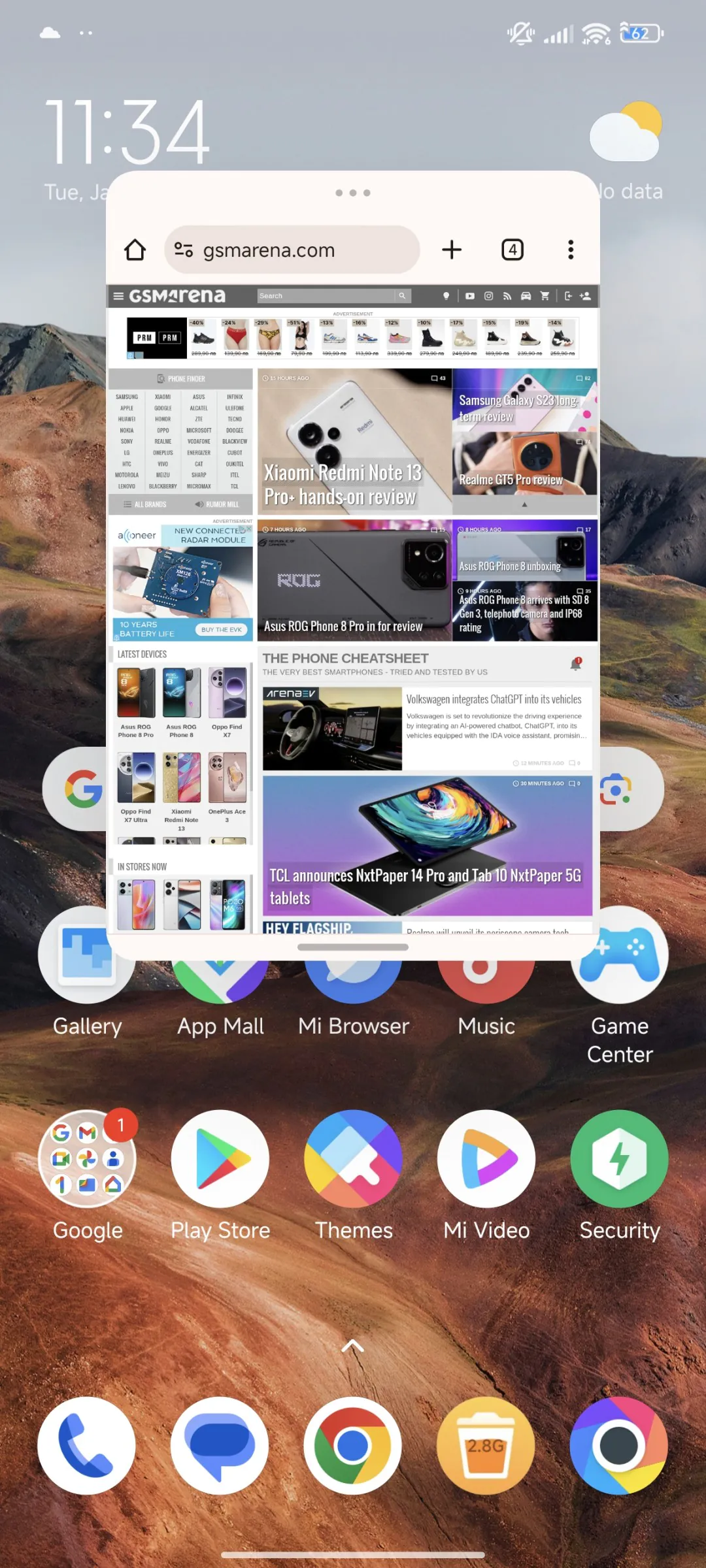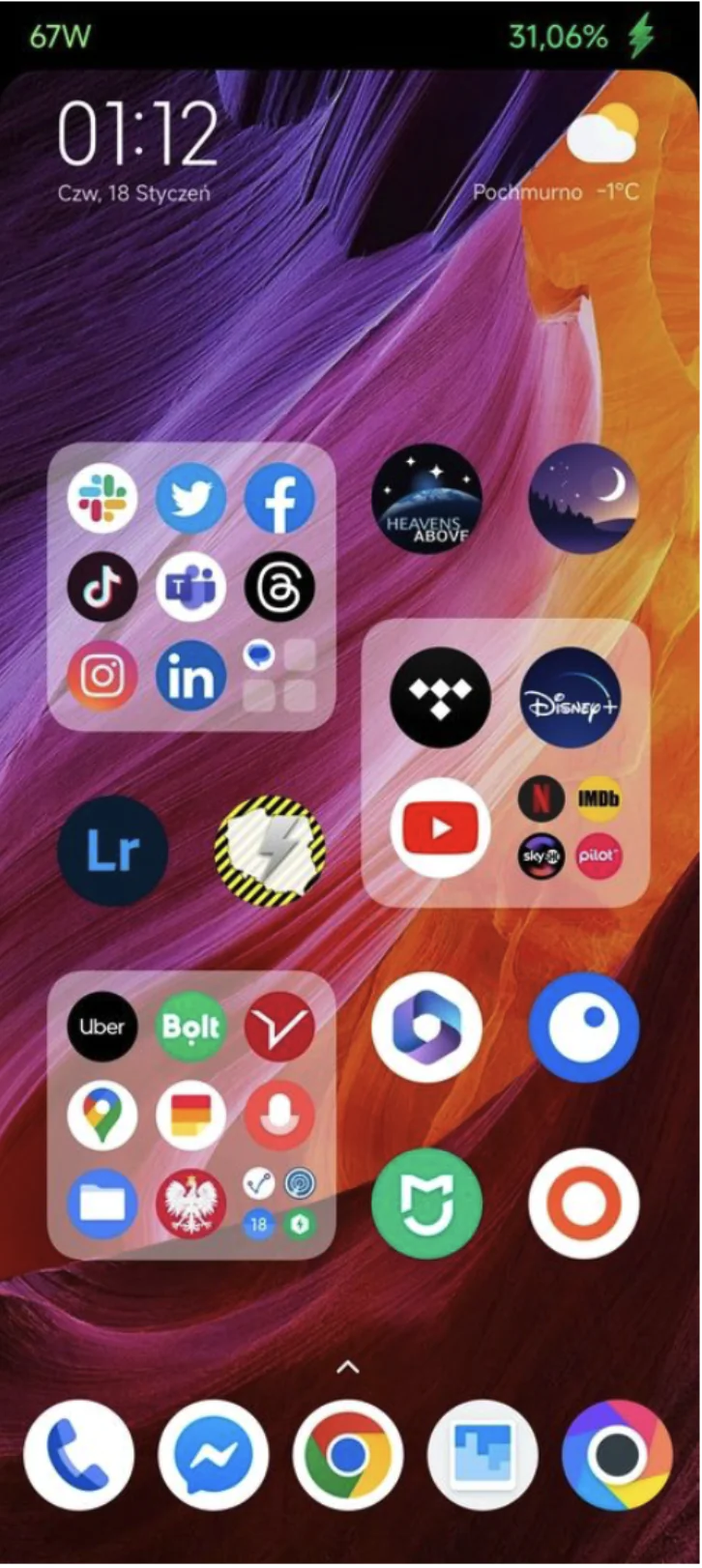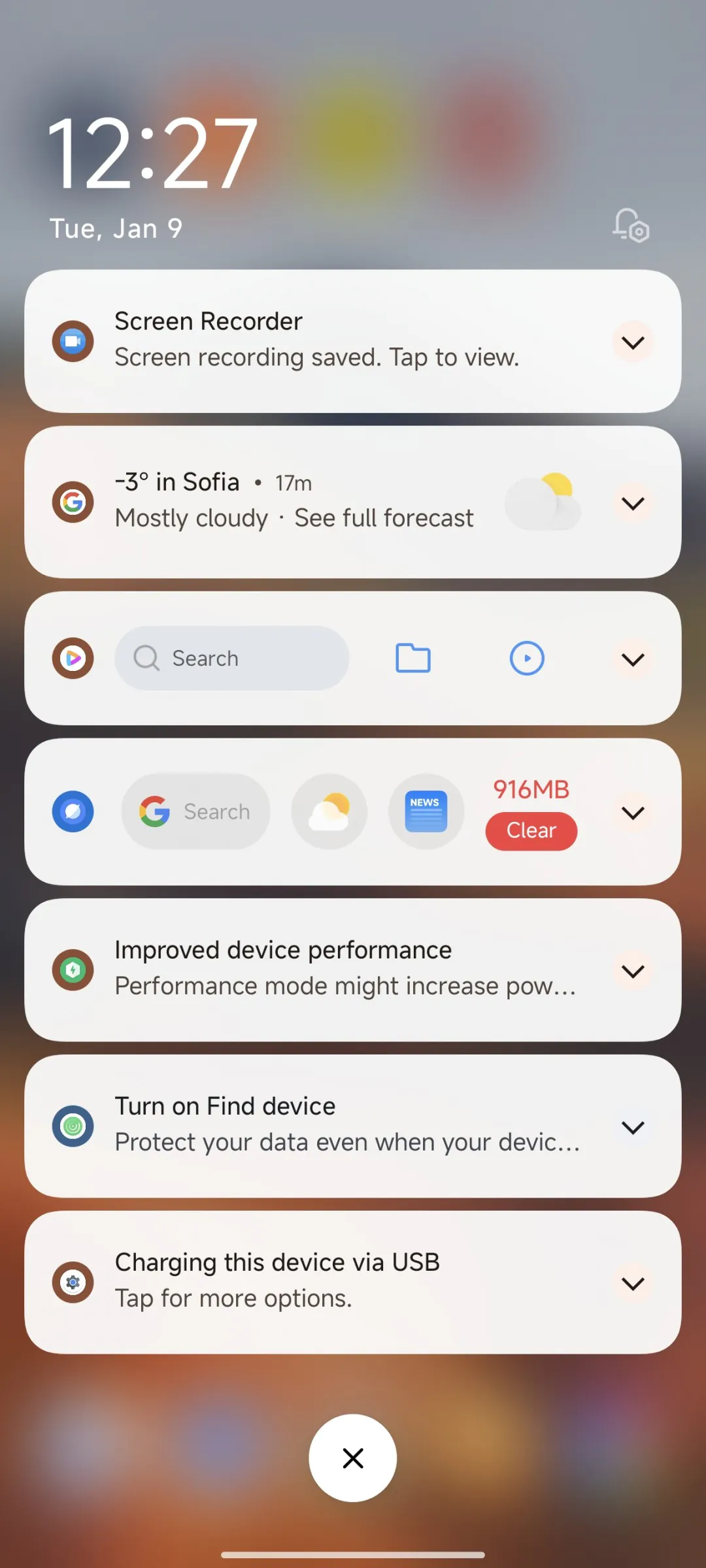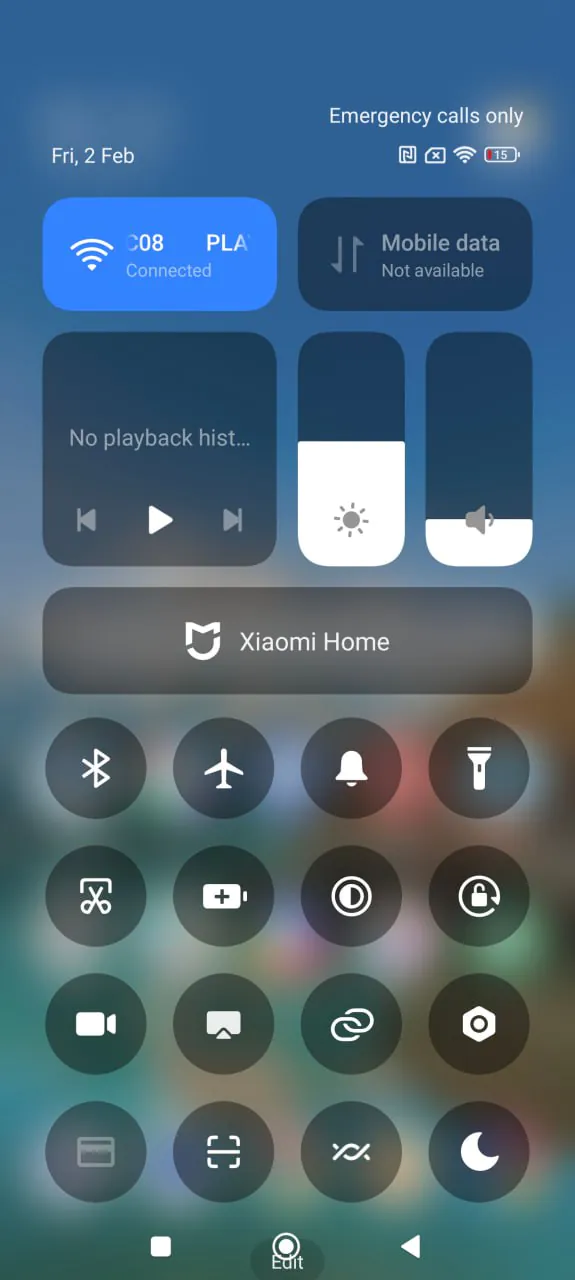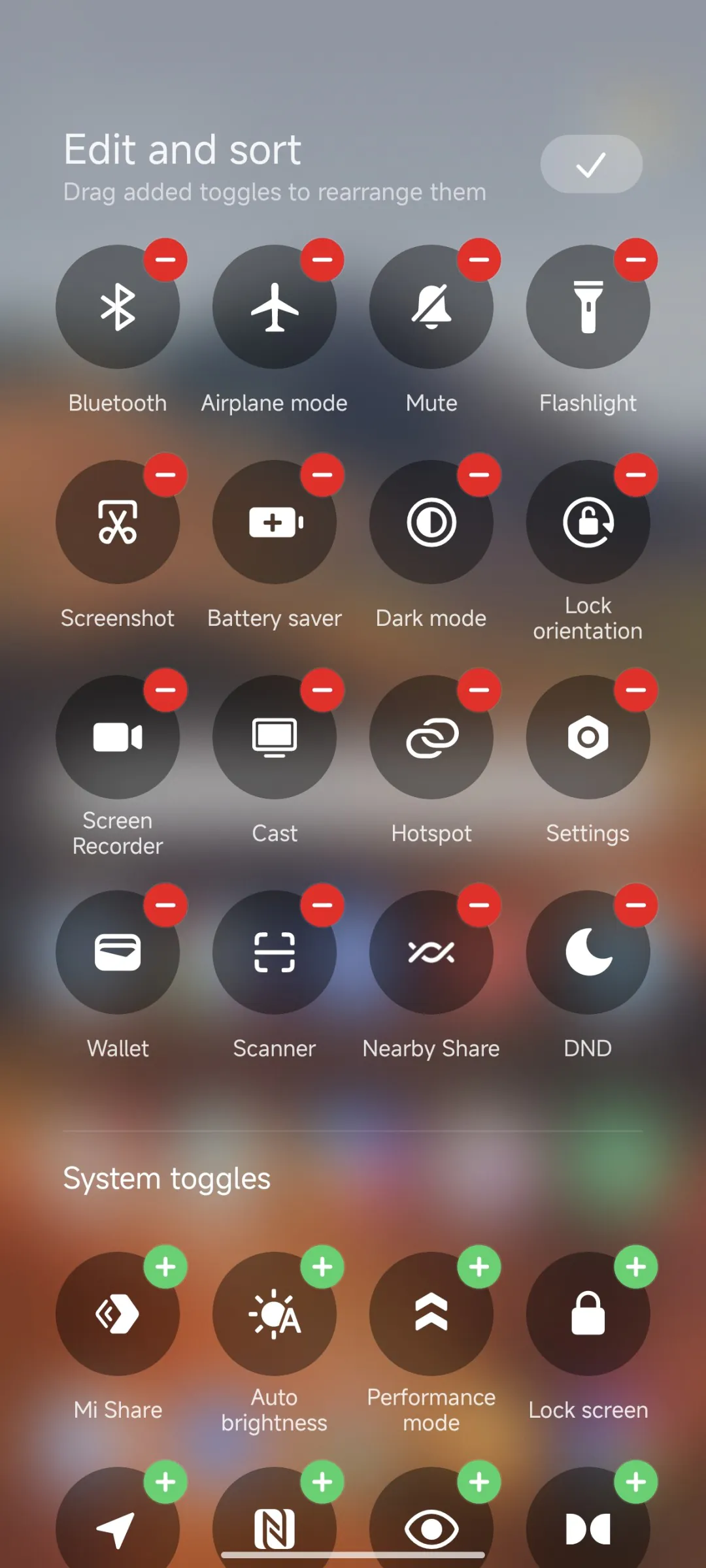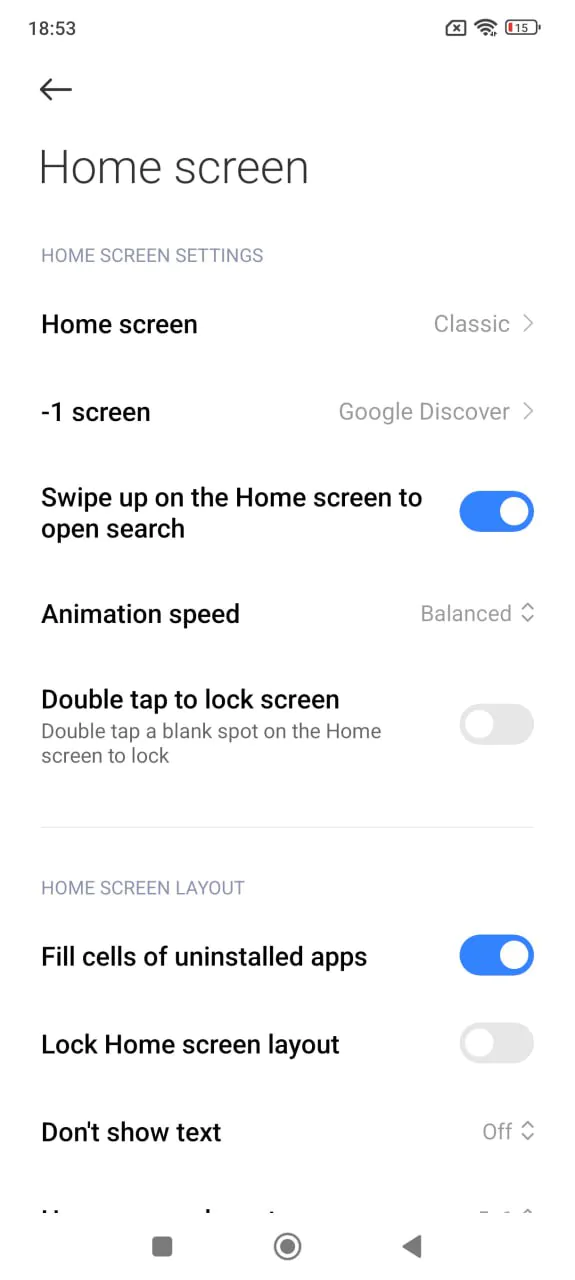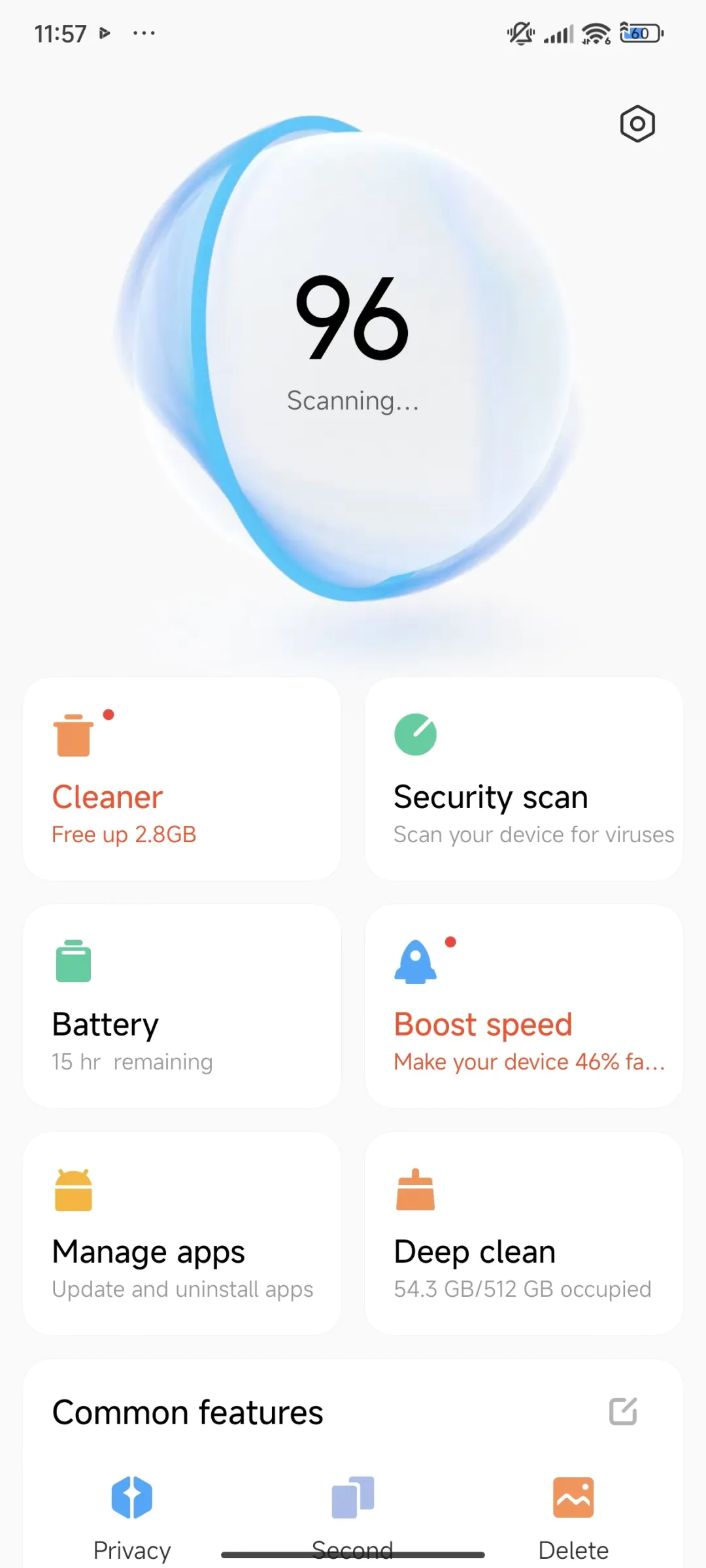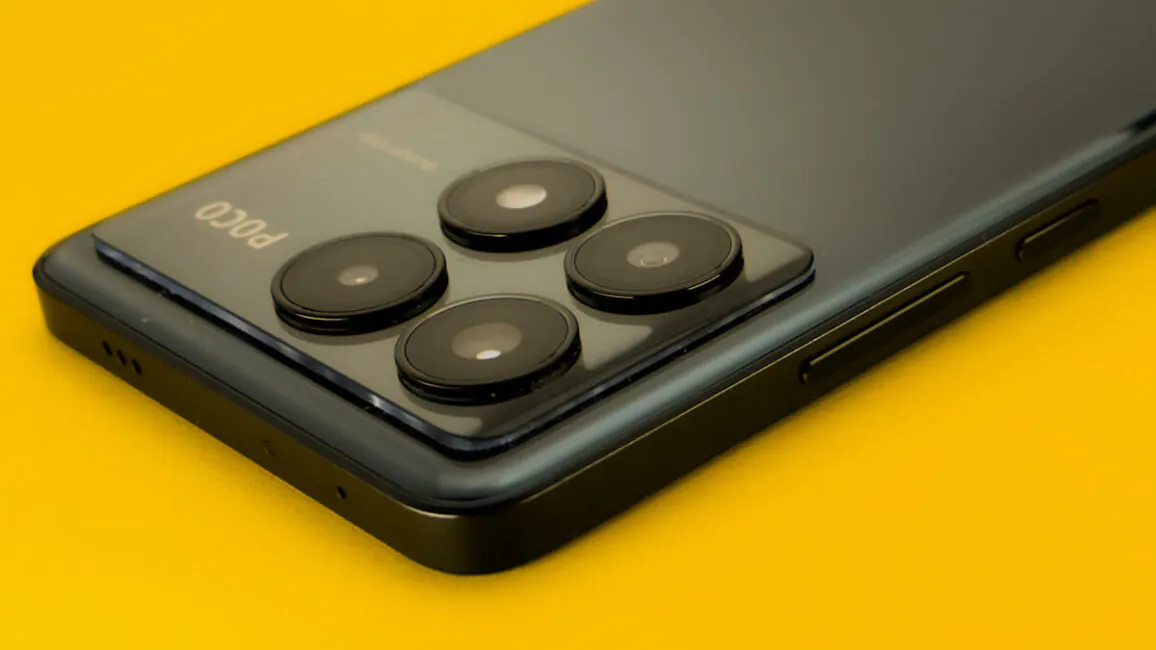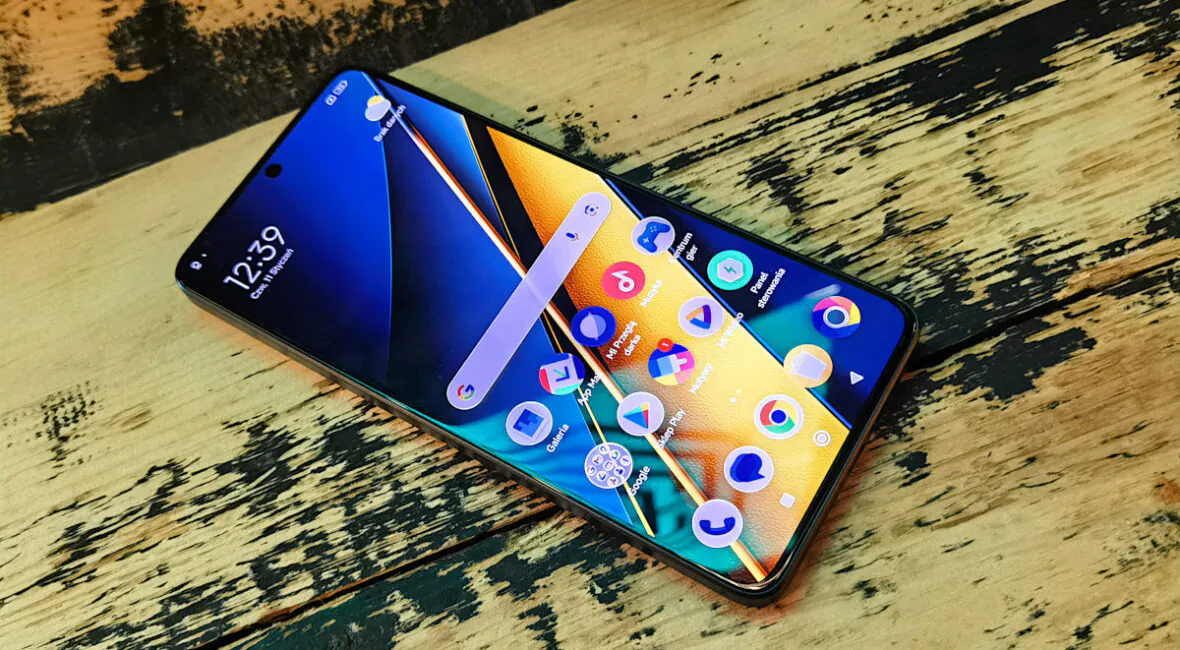© ROOT-NATION.com - Use of content is permitted with a backlink.
In January 2024, the subsidiary of the Chinese company Xiaomi, known as Pocophone, introduced the POCO X6 Pro 5G smartphone. To be honest, two smartphones were presented: the POCO X6 5G and the X6 Pro 5G. I had the Pro version for testing.
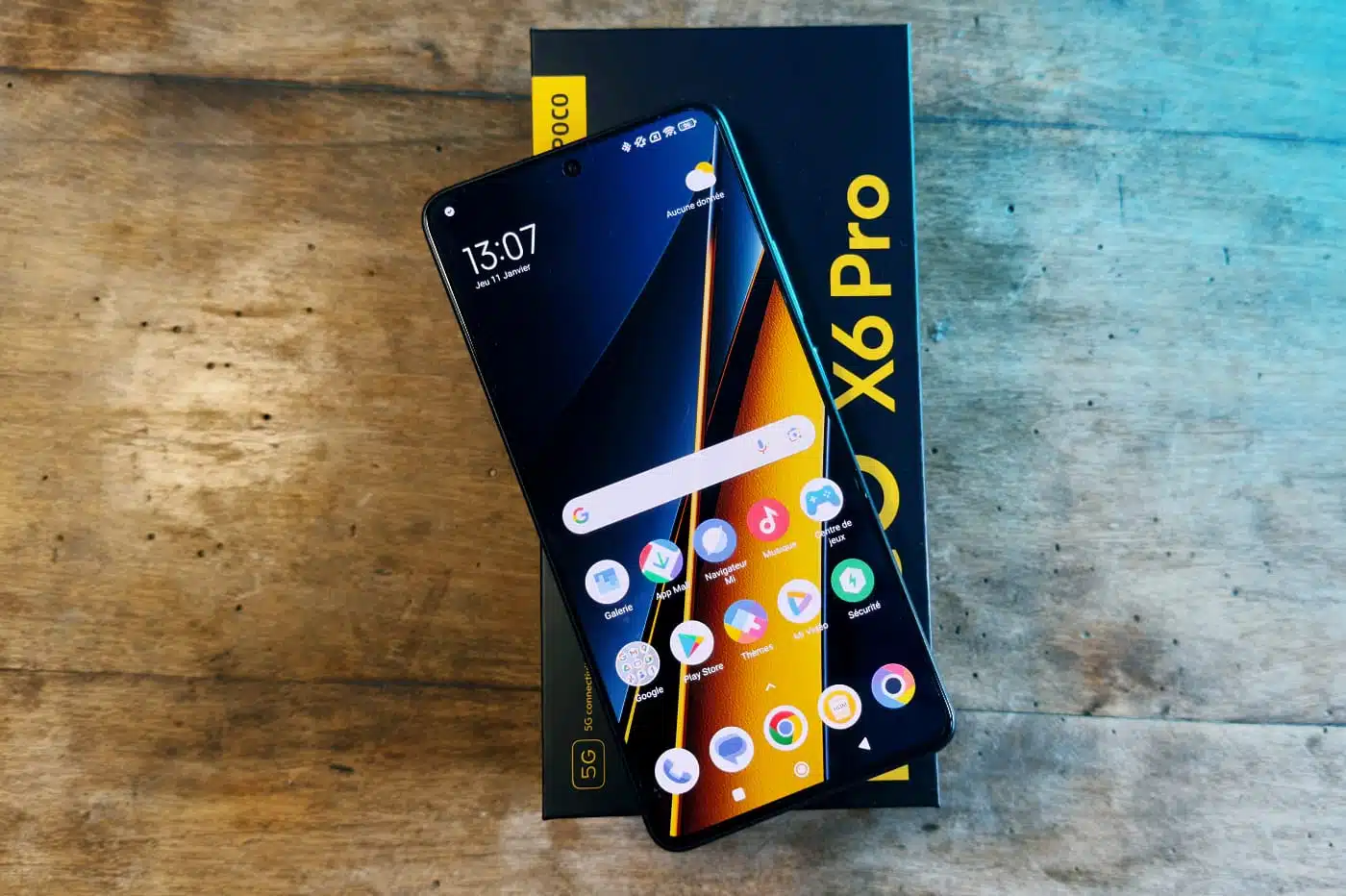
Read also: POCO M6 Pro Review: Functionality For Decent Price
Positioning and price
Considering the buzz that raged on the internet throughout January, a lot of people were eagerly anticipating this premiere. And, it seems to me, the excitement is justified. After all, the opportunity to buy a quality product at a reasonable price doesn’t come by so often. POCO, as a company, positions itself as a producer of nearly flagship-level phones that cost less than the top models of its competitors.
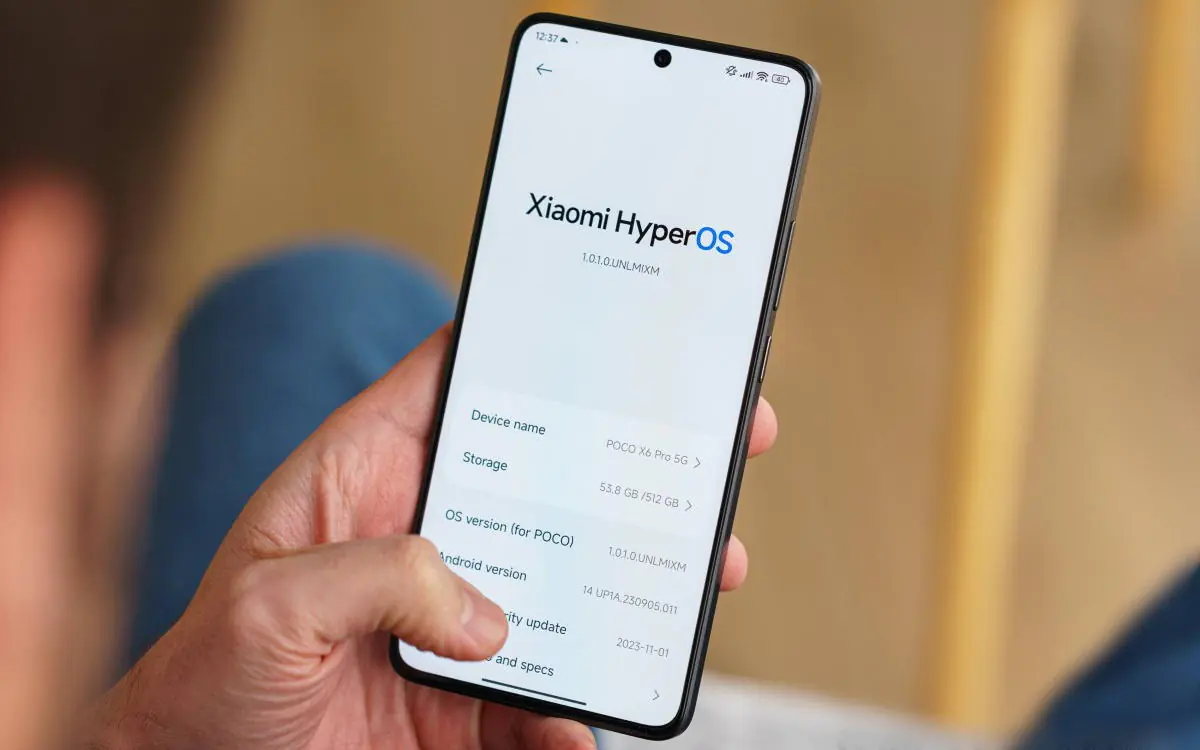
One could say that the premiere of the X6 Pro smartphone was twofold because it’s not just a new phone but a new phone featuring the new HyperOS interface. I’ll remind you that this is a new system based on Android, which was recently introduced on October 26, 2023. And the POCO X6 Pro is the first smartphone to come “out of the box” with HyperOS.
It differs from its “sibling”, the M6 Pro (whose review we’ve already published), with a more powerful chipset, a larger storage capacity, and 5G support. The screens and cameras – excellent! – are identical in both models. However, the battery capacity in the M6 Pro is surprisingly slightly higher – 5100 mAh instead of 5000 mAh. Also, the new HyperOS is currently exclusive to the higher version. There is another “sibling” — X6 without “Pro” (in the photo on the left side). It has a weaker chipset and a slower memory type, but the battery is 100 mAh larger and there is a 3.5 mm jack, and the price is lower. Screens, cameras, and so on are at the same level.
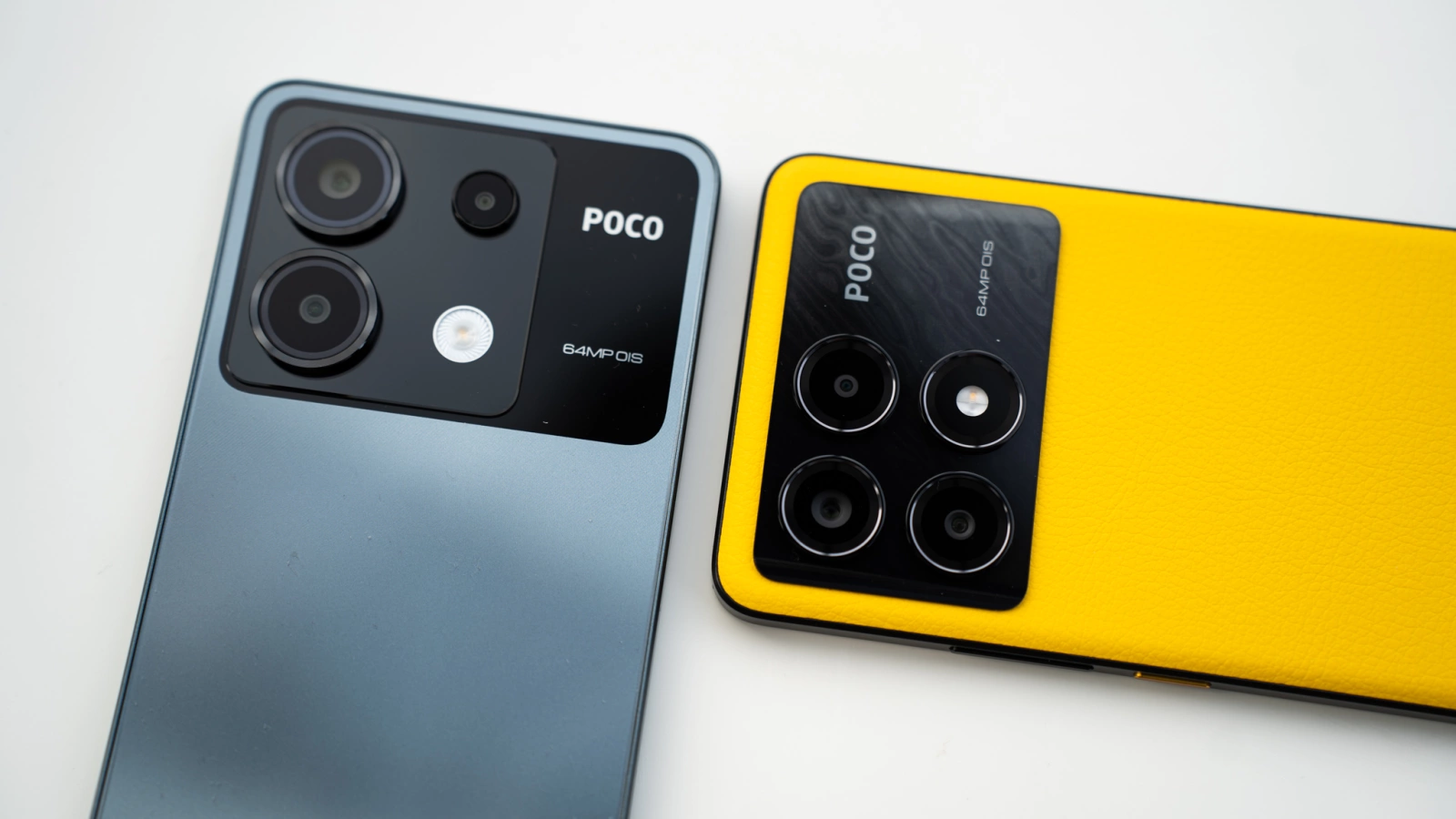
It’s also important to note that the POCO X6 Pro succeeds the X5 Pro, which was introduced to the public in February 2023 – just a little less than a year ago. In this new version, there’s a more powerful processor, increased memory, an advanced camera setup, higher screen resolution, and slimmer bezels. The reviews for the X5 were positive, but approximately 4-5 months after its premiere, the manufacturer announced a global price reduction for that model, making the “flagship killer” even more affordable.
Let’s see how the situation unfolds with the example of the X6 Pro. Currently, the asking price for the novelty is $370 for the 8/256 GB version and $450 for the 12/512 GB version. This is the cost in major retail chains; however, more affordable options can be found in online stores. On AliExpress, the new release is available for approximately $300 for the 8/256 GB variant.
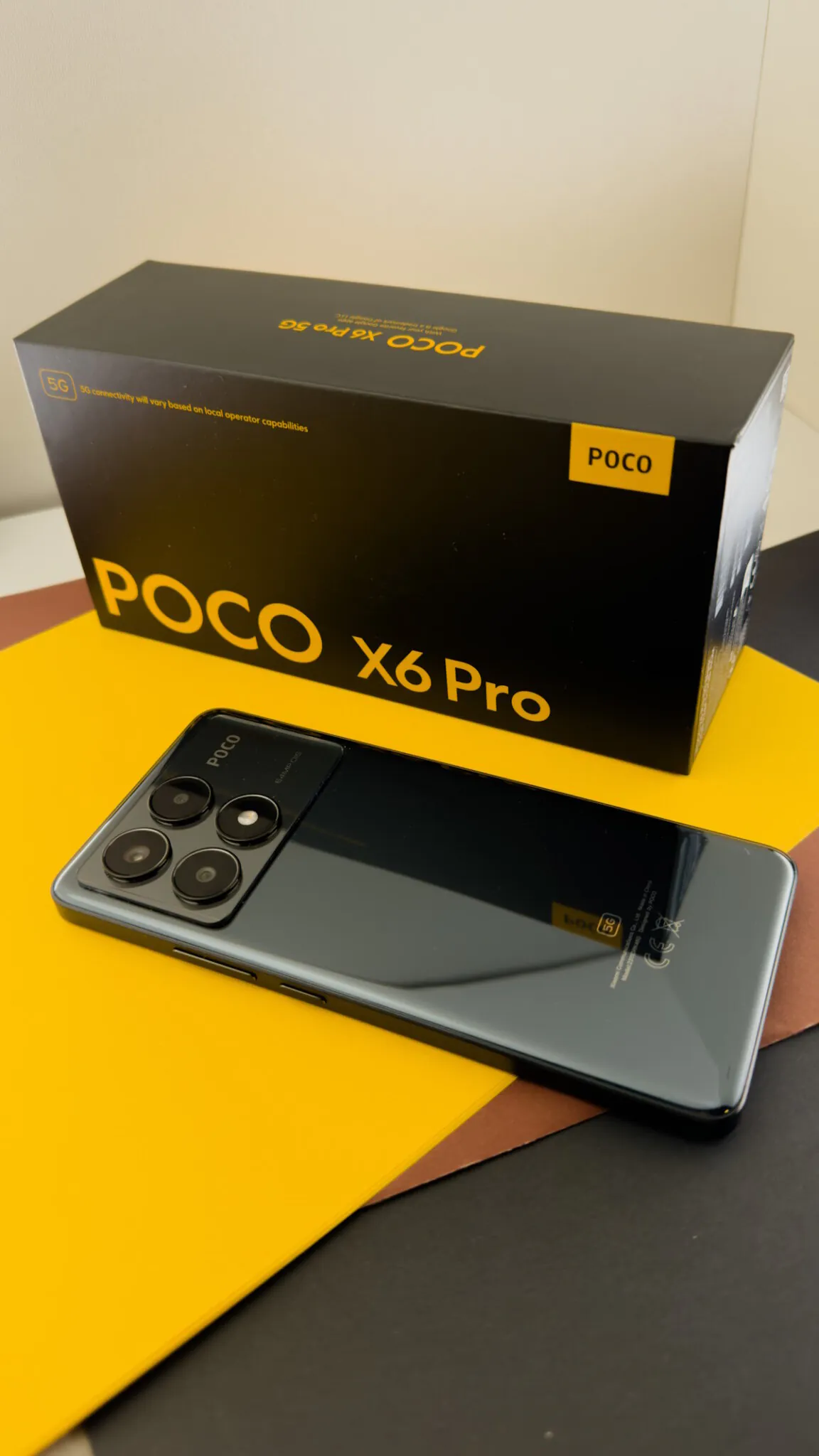
But enough of the lyrics; let’s finally take a look at the star of our show. So, we have the POCO X6 Pro 5G smartphone with a 512 GB storage capacity in black on review.
Technical specifications of POCO X6 Pro 5G
- Dimensions and weight: 160.45 × 74.34 × 8.25 mm, 186 g
- Body material: front surface – glass (Gorilla Glass 5), back surface – plastic or eco-leather (only for models with a yellow-colored body)
- Processor: MediaTek Dimensity 8300 Ultra, 4 nm, 8 cores up to 3.35 GHz (1×3.35 GHz – Cortex-A715, 3×3.2 GHz – Cortex-A715, 4×2.2 GHz – Cortex-A510)
- Operating system: HyperOS based on Android 14
- Screen: AMOLED, 6.67 inches, 1220×2712 pixels, refresh rate up to 120 Hz, 68 billion colors, Dolby Vision, HDR10+
- Cameras:
Main – 64 megapixels, f/1.7, 25 mm, 0.7µm, PDAF, OIS
Wide-angle – 8 megapixels, f/2.2, 120˚
Macro – 2 megapixels, f/2.4
Front camera – 16 megapixels, f/2.4
Video recording on the main camera – 4K@24fps/30fps, 1080p@30fps/60fps
- Memory: 12/512 GB, 8/256 GB, no memory card slot
- Data transmission: LTE/5G, DualSIM, Wi-Fi 6 (802.11 a/b/g/n/ac/ax), Bluetooth 5.4, NFC, USB Type-C 2.0, GPS navigation, Glonass, Beidou, Galileo, QZSS
- Battery: 5000 mAh
- Degree of protection: IP54
- Sound: Dolby Atmos, two speakers
Read also: POCO M5 smartphone review: a budget phone in a world where everything is getting more expensive
Package contents
The smartphone is sold in the brand’s classic cardboard packaging: a black cover with yellow lettering and a yellow body of the packaging. Inside the box, you’ll find:
- POCO X6 Pro 5G phone
- Charger with a power of 67 W
- USB-A to USB-C cable
- Protective case
- SIM card eject tool
- A set of documentation.
The factory-installed screen protector, affixed to the screen, can also be considered part of the package.
External appearance
I have a black-colored smartphone with a plastic body for testing. The back is glossy, and yes, I’m ready to echo other reviewers: it shows all the fingerprints quite prominently. However, it only takes a few seconds to put on the protective case included in the package, and this issue personally didn’t bother me anymore.
The phone is available in three colors: black, gray, and the signature yellow.
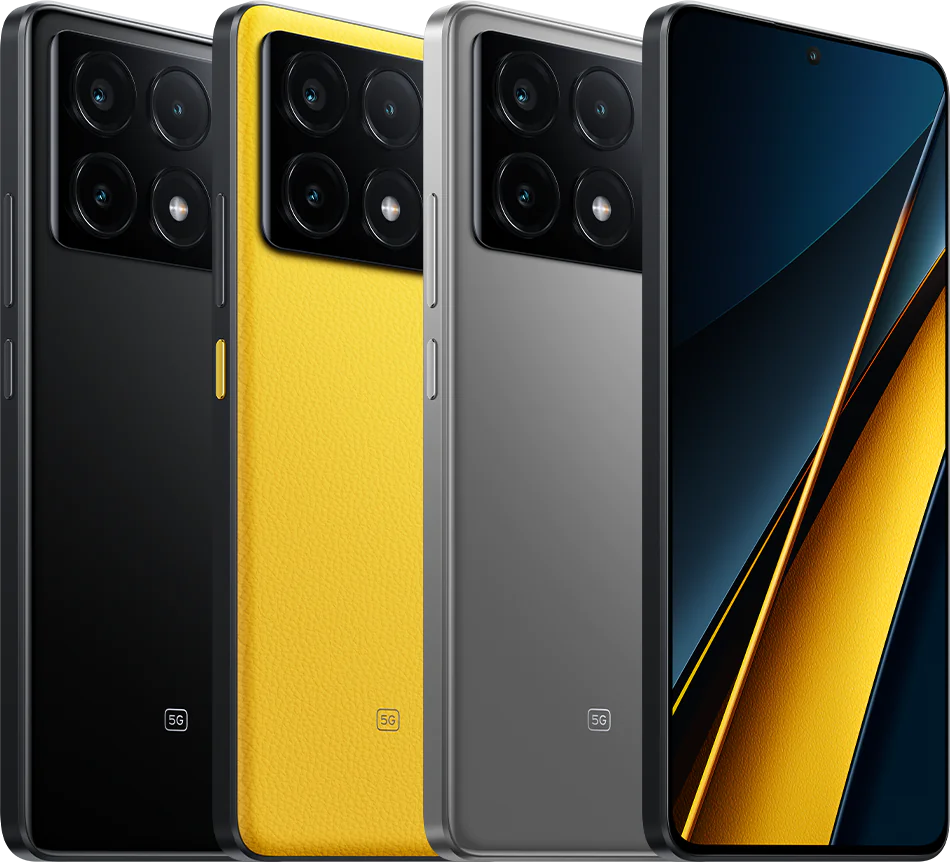
The black and gray phones have a plastic back cover, while the yellow variant features an eco-leather cover, which, according to the manufacturer, provides better grip and prevents slipping in hand. I cannot verify these claims, but I’m inclined to take the manufacturer’s word for it.
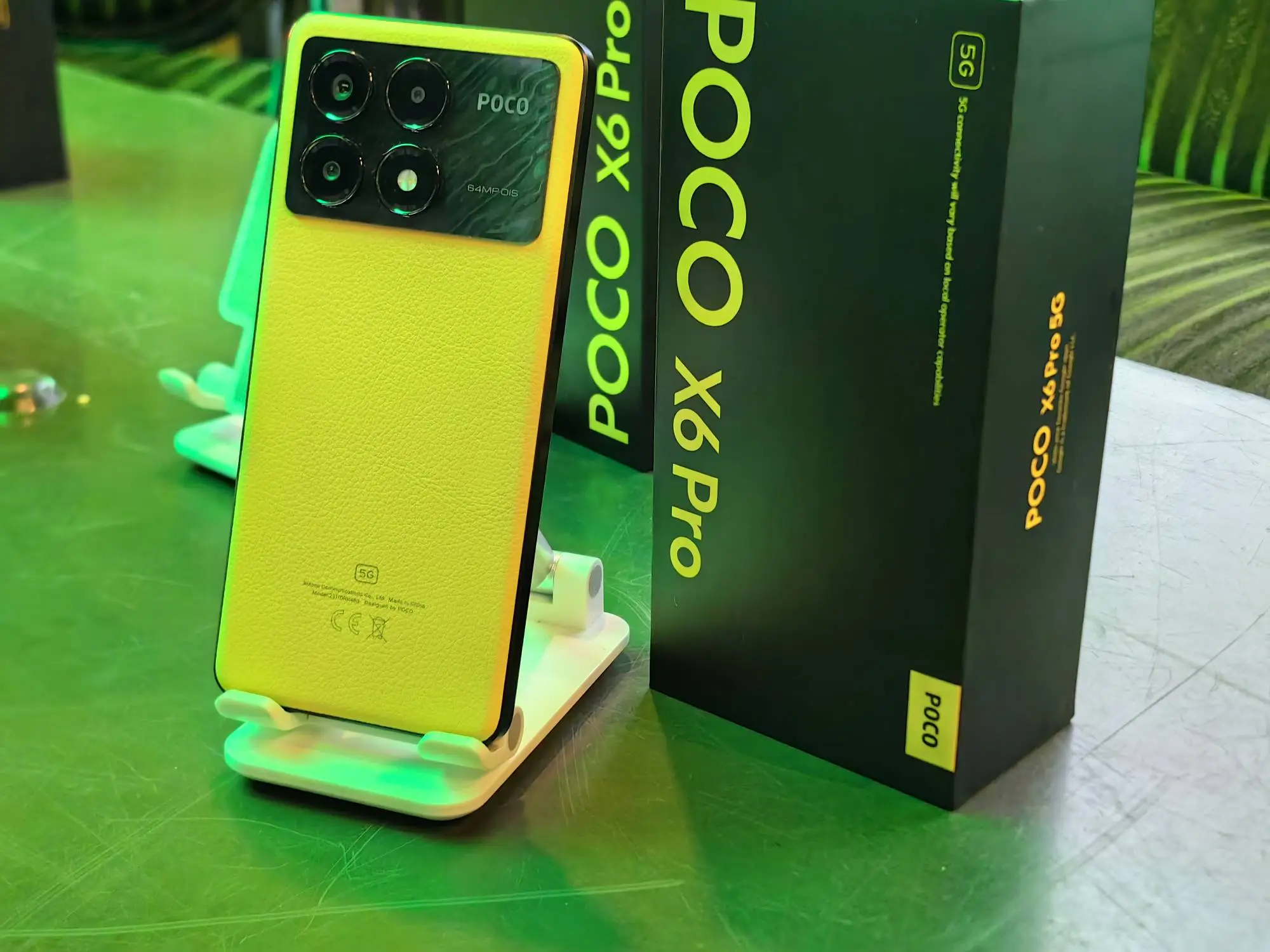
At the top of the back panel, there is a rectangular platform housing a block of three cameras and an LED flash. The cameras and flash are designed in the form of four rings, slightly protruding above the platform and arranged in pairs at the center and left side.
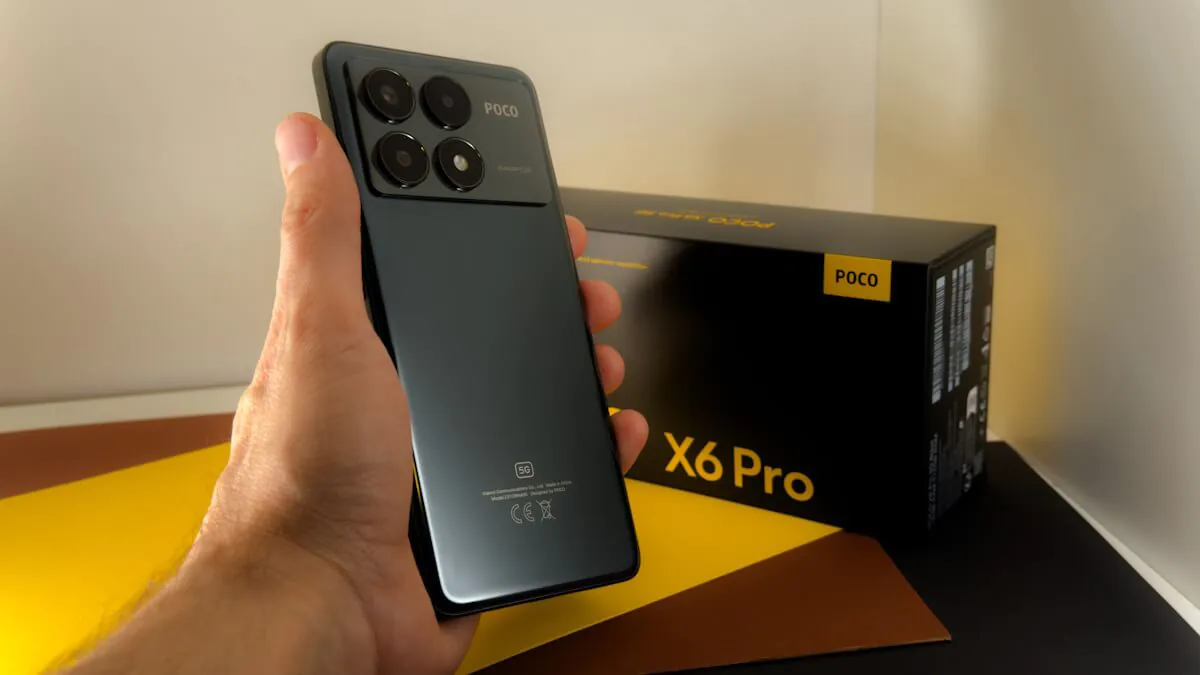
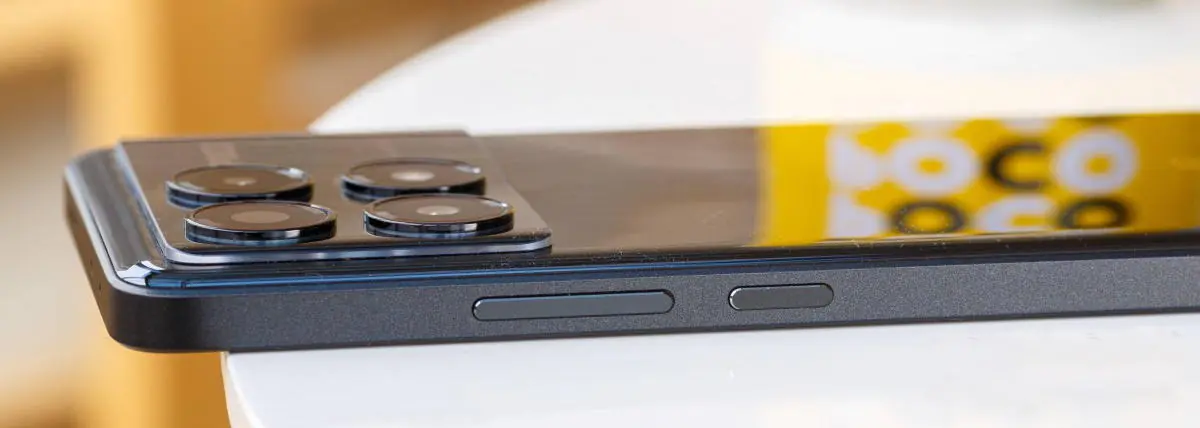
The body has rounded corners, and there’s a slight curvature around the entire perimeter of the back, smoothly transitioning into the phone’s side edges. This design allows for a comfortable grip, ensuring that the phone doesn’t exert pressure on the hand during use.
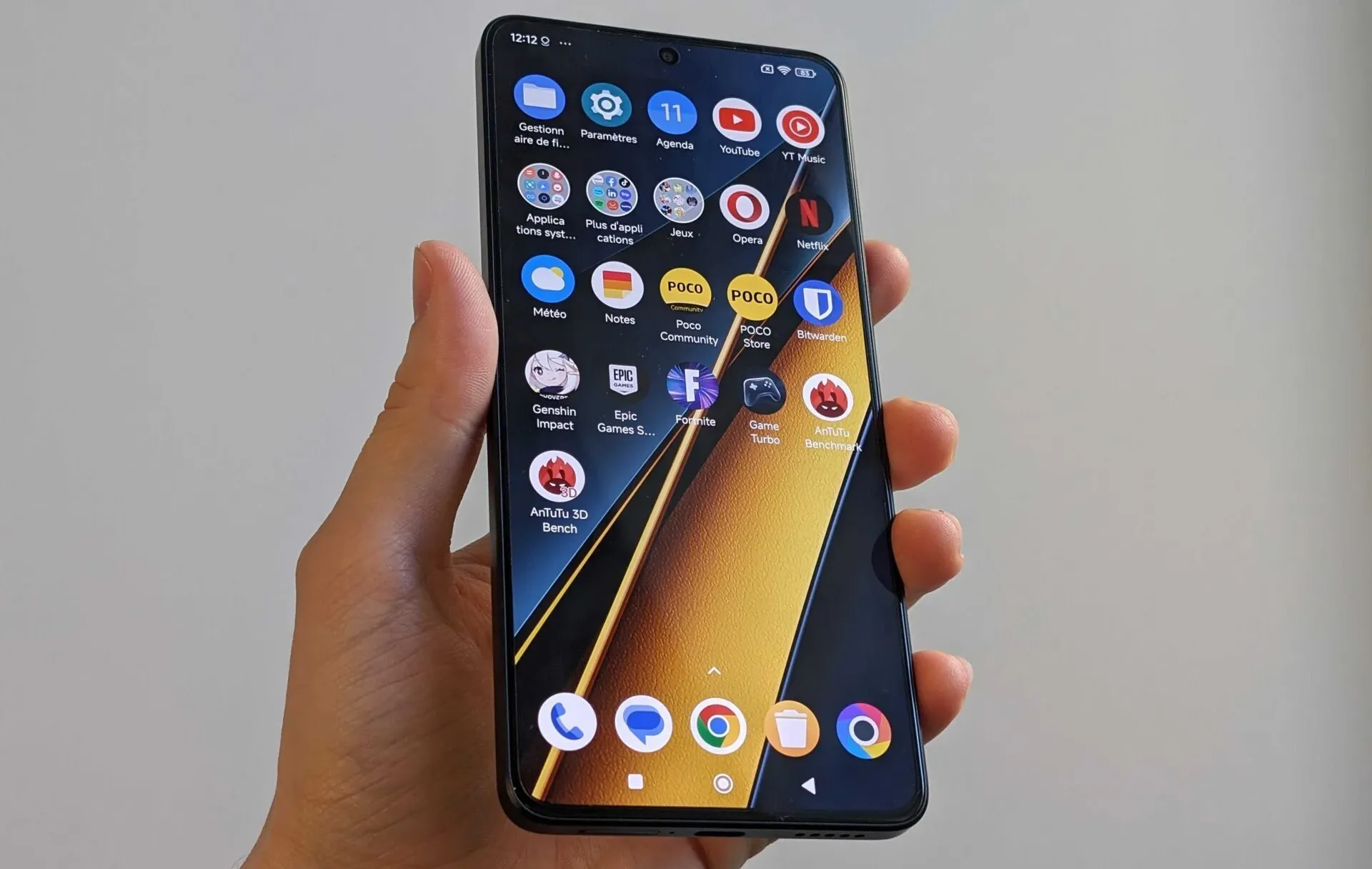 The left side of the phone has no additional elements. On the right side, you’ll find the power button and the volume control rocker. At the top, there are openings for the infrared port and microphone, along with the top speaker. The bottom features the USB-C port, speaker, and microphone. Also, there is a slot for two nano-SIM cards. This model does not support memory cards.
The left side of the phone has no additional elements. On the right side, you’ll find the power button and the volume control rocker. At the top, there are openings for the infrared port and microphone, along with the top speaker. The bottom features the USB-C port, speaker, and microphone. Also, there is a slot for two nano-SIM cards. This model does not support memory cards.
The 6.67-inch display is covered with Gorilla Glass 5. Another nice detail is that the phone comes with a pre-applied protective film. Narrow borders of almost uniform thickness surround the perimeter of the screen. The front camera is designed as a “dot” at the top of the screen. The phone features an optical fingerprint scanner within the screen.
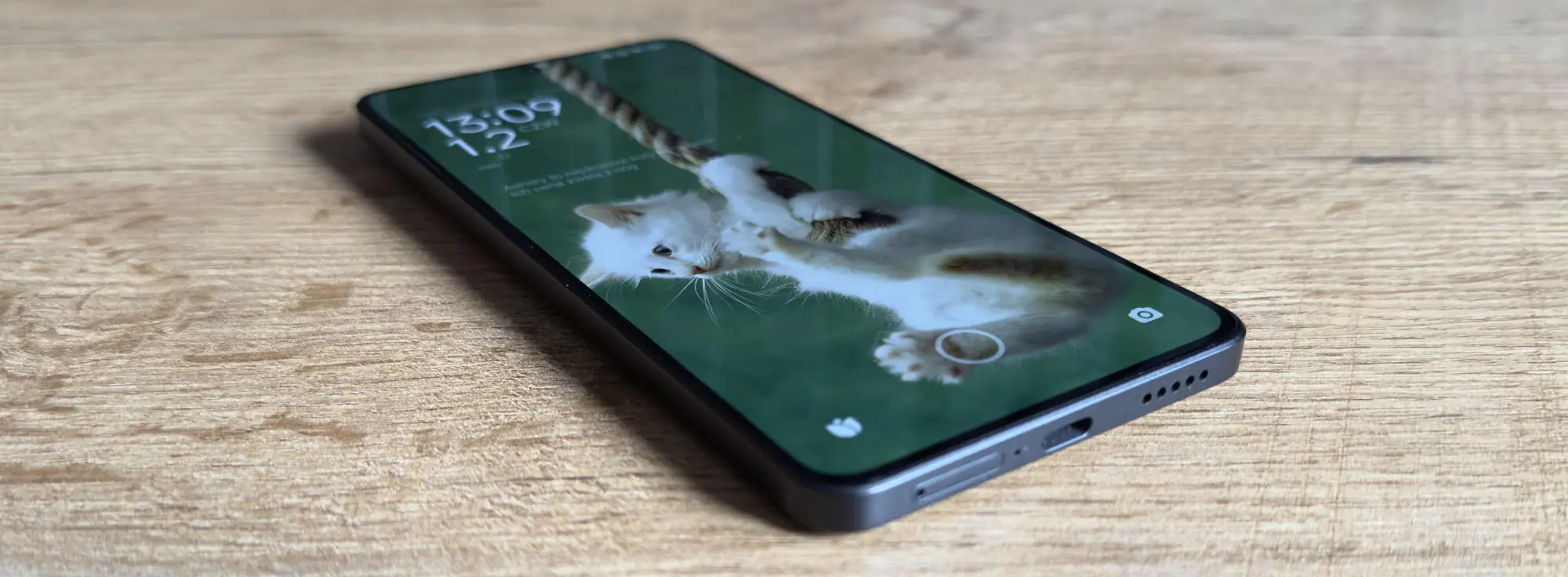
The X6 Pro has an IP54 dust and water resistance rating, indicating it can withstand water splashes. However, it’s not suitable for underwater photography, and it’s advisable not to use it under a tap for washing.
In my opinion, the most fitting words to describe the design of this smartphone are “simplicity and conciseness.” It truly looks good, and it sits comfortably in the hand, whether with a case or without. The X6 Pro is large, but I wouldn’t say it’s heavy. Let’s put it this way, the design perfectly aligns with the manufacturer’s concept of producing affordable yet quality products. The build quality is excellent.
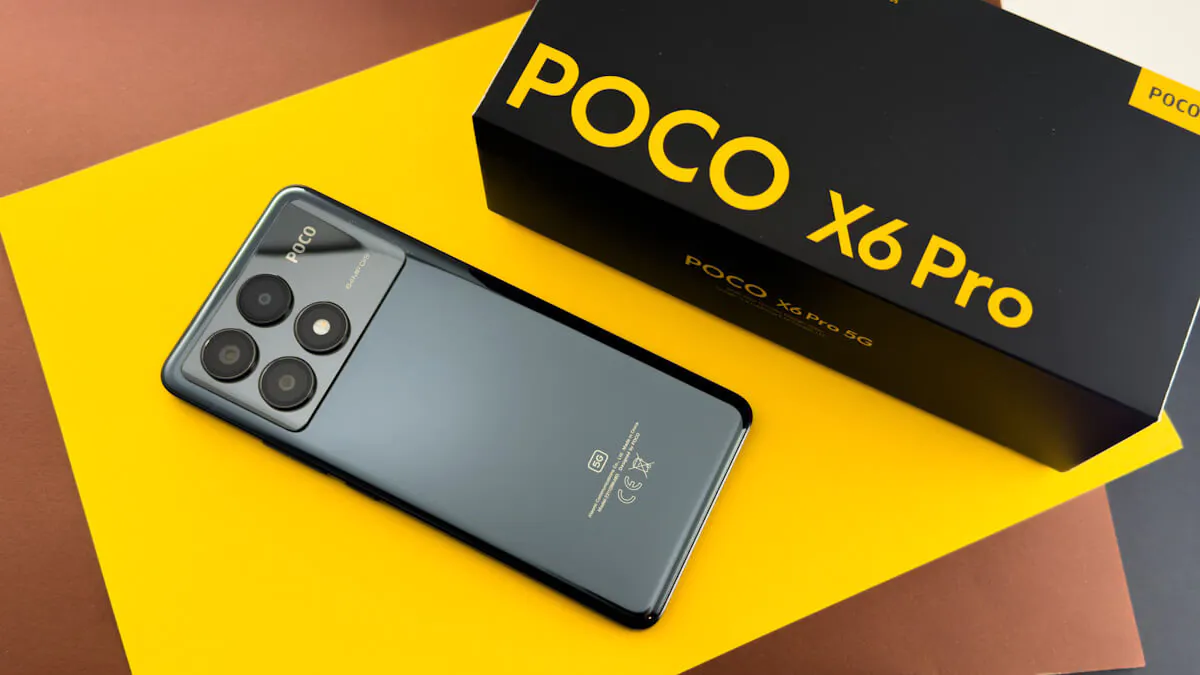
Read also: Xiaomi 13T Smartphone Review
Display
That’s one of its main advantages. I could stop writing in this section, but I’m afraid the reader might not understand me.
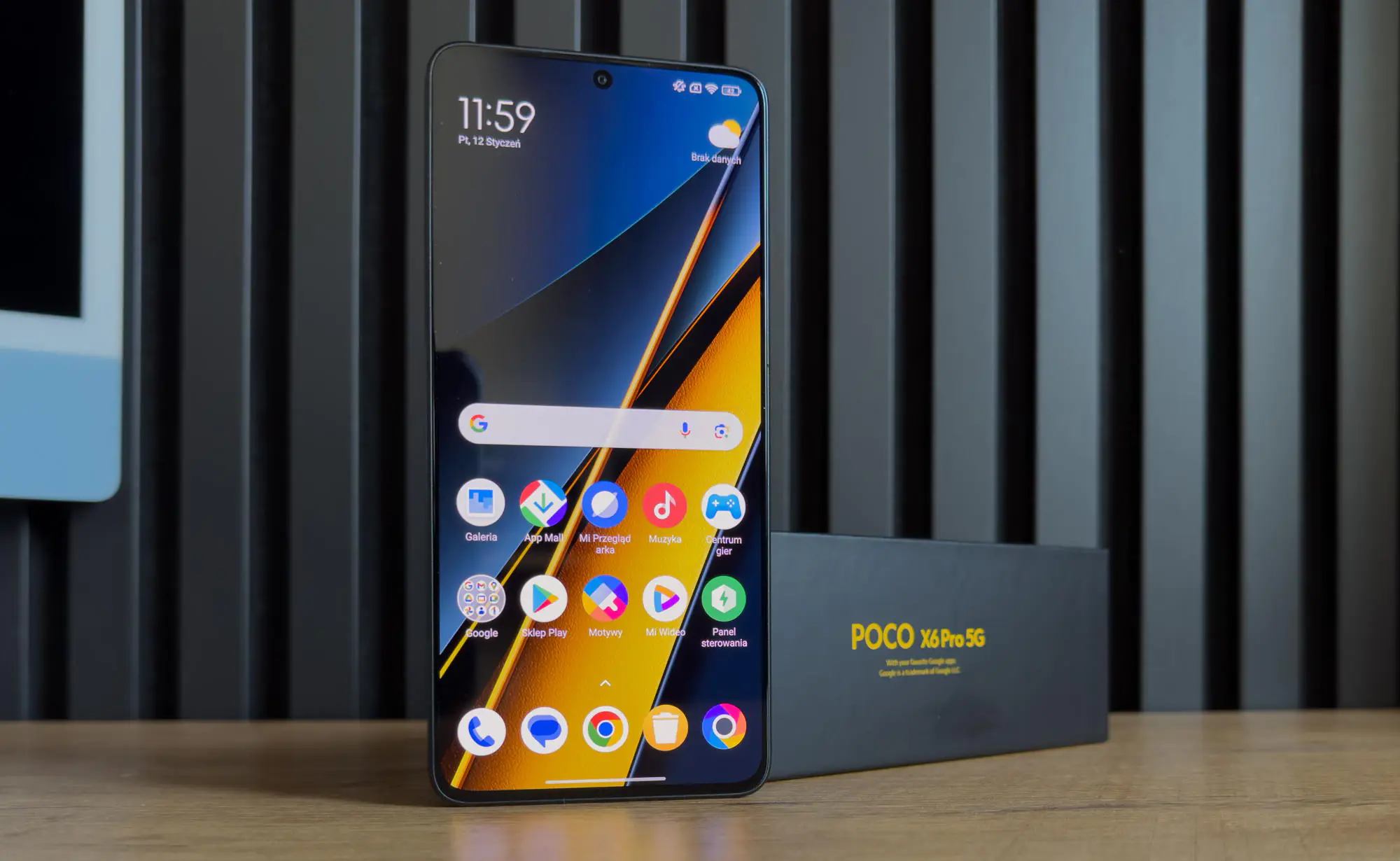
The phone features a 6.67-inch AMOLED display with a resolution of 1220×2712 pixels, a 20:9 aspect ratio, a pixel density of approximately 446 pixels per inch, and a maximum refresh rate of 120 Hz. An important feature of the model is its support for HDR and Dolby Vision technology.
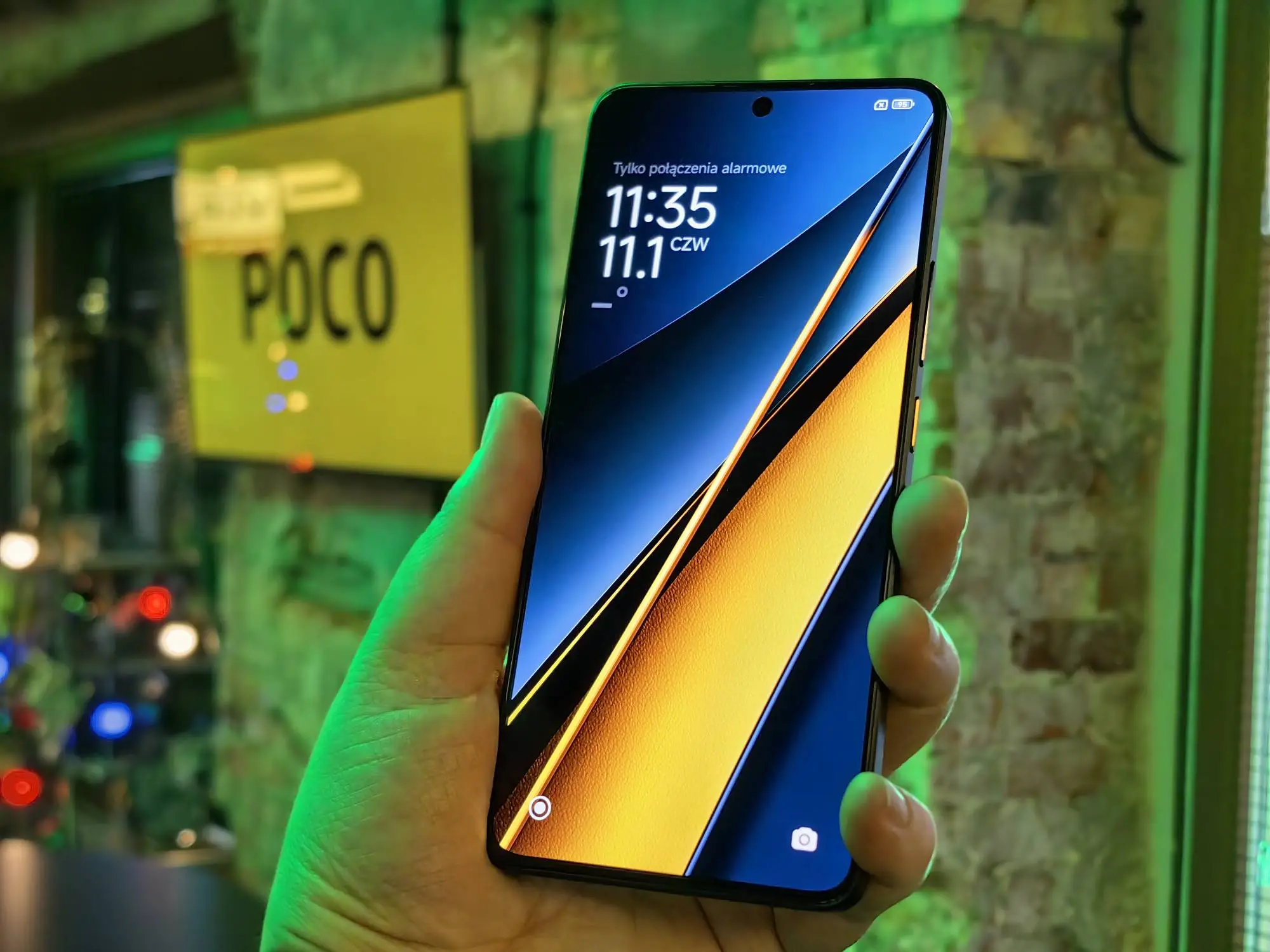
The screen settings are straightforward. Among other options, the user can choose:
- Dark or light viewing mode
- Four color scheme settings: standard, vivid, saturated, extended (user settings)
- Two refresh rate modes: adaptive 60 Hz/120 Hz, constant 120 Hz.
When testing the brightness of the X6 Pro display, it showed results of 1148 nits in adaptive brightness mode, an improvement of more than 200 nits compared to the previous model. By the way, POCO advertises the ability to achieve a peak brightness of 1800 nits when watching Dolby Vision videos. There shouldn’t be any issues with readability in direct sunlight, but we’ll have to check that during the summer; it’s challenging to evaluate it now with limited daylight.
I liked the display. I watched several videos in the format, and it looks pleasant — the picture is bright, vibrant, and pleasing to the eye.
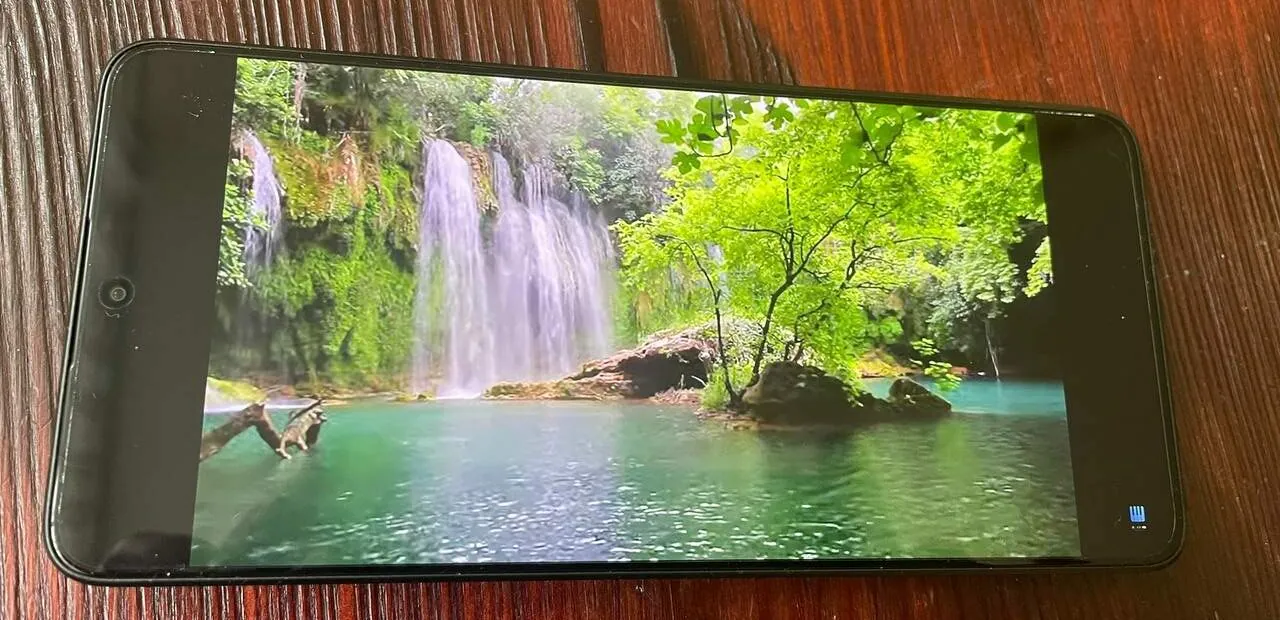 The display is easily readable in bright light and from various angles. The front camera in the form of a “dot” and the narrow frame create the effect of maximizing the display space for the image. Navigating the phone is also problem-free. All movements and transitions are smooth and comfortable.
The display is easily readable in bright light and from various angles. The front camera in the form of a “dot” and the narrow frame create the effect of maximizing the display space for the image. Navigating the phone is also problem-free. All movements and transitions are smooth and comfortable.
In principle, I wrote my conclusion in the first line of this section. So, I’ll smoothly move on to the next point of the review.
Read also: POCO M5s smartphone review: a clone, but a good one
Processor and performance
The POCO X6 Pro has a superb screen, but the main highlight of the smartphone is embedded in this section. The new model is equipped with the MediaTek Dimensity 8300 Ultra processor, a 4-nanometer chipset that debuted alongside the smartphone and is currently exclusive to the X6 Pro. It features 4 large Cortex-A715 cores (1×3.35 GHz + 3×3.20 GHz) and four Cortex-A510 cores (4×2.20 GHz). The graphical processor is the Mali-G615 MC6.
 In some European countries, the smartphone is officially available only with 12 GB of LPDDR5X type RAM and a 512 GB UFS 4.0 type storage. In other words, it comes with quite agile memory modules. There is also a version of the POCO X6 Pro 5G with 8/256 GB of memory. We tested the 12/512 GB version. By the way, by default, an additional 6 GB of persistent memory is added to the available RAM for virtual RAM expansion – a popular practice nowadays (in the settings, you can choose 4, 6, or 8 GB of virtual RAM or disable this feature).
In some European countries, the smartphone is officially available only with 12 GB of LPDDR5X type RAM and a 512 GB UFS 4.0 type storage. In other words, it comes with quite agile memory modules. There is also a version of the POCO X6 Pro 5G with 8/256 GB of memory. We tested the 12/512 GB version. By the way, by default, an additional 6 GB of persistent memory is added to the available RAM for virtual RAM expansion – a popular practice nowadays (in the settings, you can choose 4, 6, or 8 GB of virtual RAM or disable this feature).
The X6 Pro employs the Feas 2.3 technology, which stabilizes images for efficient power consumption, and the LiquidCool 2.0 cooling system for rapid heat dissipation during intense gaming sessions.
A powerful combination of features: excellent performance coupled with a high refresh rate, ample memory, a high touch screen refresh rate (2160 Hz), fast UFS 4.0 storage, and LPDDR5X. Overall, it looks like a successful budget smartphone for gamers! I ran Asphalt 9, BGMI, and a couple of other games—everything looks beautiful on high graphics settings. And, of course, users of this model won’t face any issues with handling any tasks; everything runs smoothly. Even during benchmarks or demanding games, the model didn’t heat up significantly.
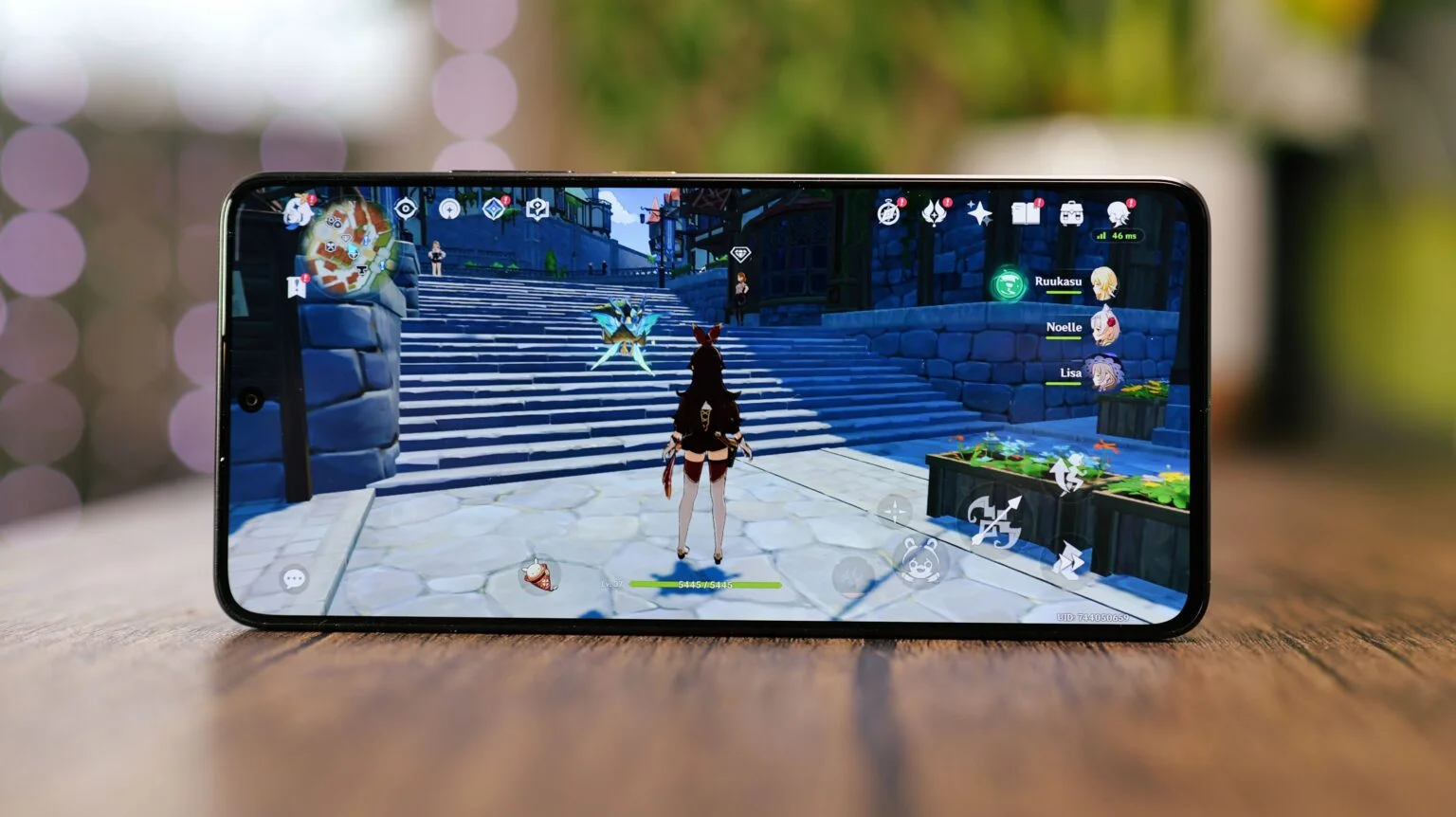
In summary, the POCO X6 Pro not only has no rivals in terms of performance in its price segment but can also compete with some more expensive models.
POCO X6 Pro cameras
For photo and video shooting, the POCO X6 Pro is equipped with a versatile triple camera setup. The main lens is a 64 MP with an impressive f/1.7 aperture, a focal length of 25 mm, and optical image stabilization. The setup also includes an 8 MP ultra-wide-angle lens (f/2.2) with a 120˚ field of view and a 2 MP macro lens (f/2.4). The phone can capture 4K videos at 24/30 frames per second and 1080p videos at 30/60 frames per second with gyroscopic Electronic Image Stabilization (EIS). On the front panel, there’s a 16 MP (f/2.4) front camera with HDR support, panoramic shooting capability, and the ability to record 1080p videos at 30/60 fps.
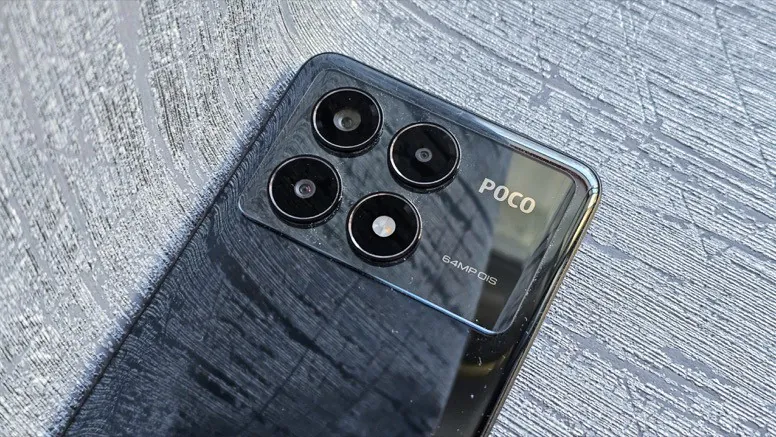
Camera control is standard. Choosing shooting modes is done through gestures. The list of modes in the main menu can be customized by going to the “Additional” tab, pressing the “Edit” button, or from the settings menu. At the top of the camera’s user interface, there’s a pop-up menu where additional parameters can be adjusted, macro mode can be activated, grid lines, aspect ratios, and a timer can be toggled. In the lower part, there’s a camera zoom switch.
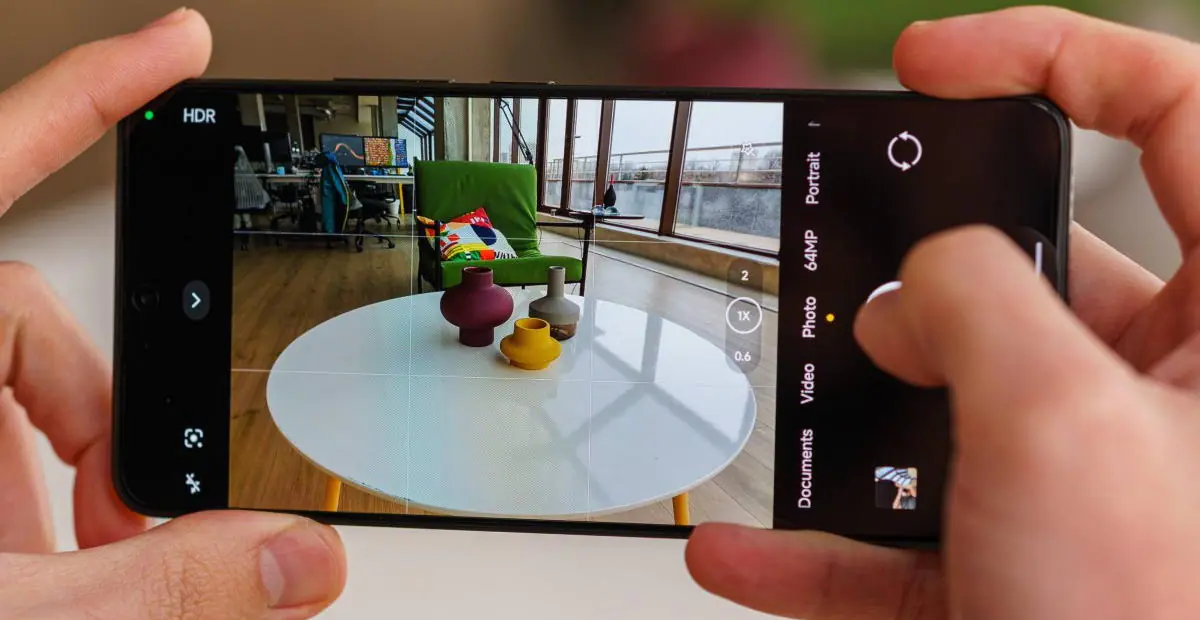
For photography enthusiasts, there’s a convenient Pro mode where you can manually adjust shooting parameters.
Speaking directly about photos, the POCO X6 Pro captures high-quality images. During daylight shooting, photos come out clear, with good detailing and color reproduction. It may not be at the flagship level, but considering the price, it’s not a flagship either.
There are no issues with the results of evening/nighttime shooting, and the night mode activates automatically.
The wide-angle camera is decent, but it lacks detailing, and the quality tends to decrease in lower light conditions.
Inexpensive phones often include a 2 MP macro module more for show than practical use. Thumbnails may look decent, but you are unlikely to use it frequently due to low clarity, weak color reproduction, and difficulty in capturing clear shots.
The front camera also performs tasks quite well. Unless faced with particularly challenging lighting conditions, you’ll get decent selfies and even videos.
 The only thing I didn’t really like was shooting distant objects with zoom. With a small zoom, the photo quality is quite acceptable. But with the maximum zoom, the camera does not fixate on the object and the clarity of the pictures is noticeably reduced. There is no quality-loss zoom here.
The only thing I didn’t really like was shooting distant objects with zoom. With a small zoom, the photo quality is quite acceptable. But with the maximum zoom, the camera does not fixate on the object and the clarity of the pictures is noticeably reduced. There is no quality-loss zoom here.
During video recording, the situation is similar. You’ll get good, clear videos in daylight without zooming in, but the image quality noticeably diminishes in lower light conditions and when using zoom.



If your photography needs involve everyday shots of family, friends, children, pets, and memories from trips, then the POCO X6 Pro cameras will be more than sufficient. It delivers good shots even in low light conditions. However, if you consider photography and videography as an art form, perhaps use your phone for work (content creation, etc.), and have specific requirements, it might be worth looking for a smartphone with a more advanced camera, even though it would come with a higher price tag. But for most users, the X6 Pro’s cameras will be satisfying.

Read also: Xiaomi 13 Pro review: a flagship with a clumsy design and a high price tag
Operating system
POCO X6 Pro is the first phone that comes with the new operating system from Xiaomi out of the box, called HyperOS, based on Android. This indicates a gradual shift away from MIUI. The base Android version is 14, making POCO’s software the latest.
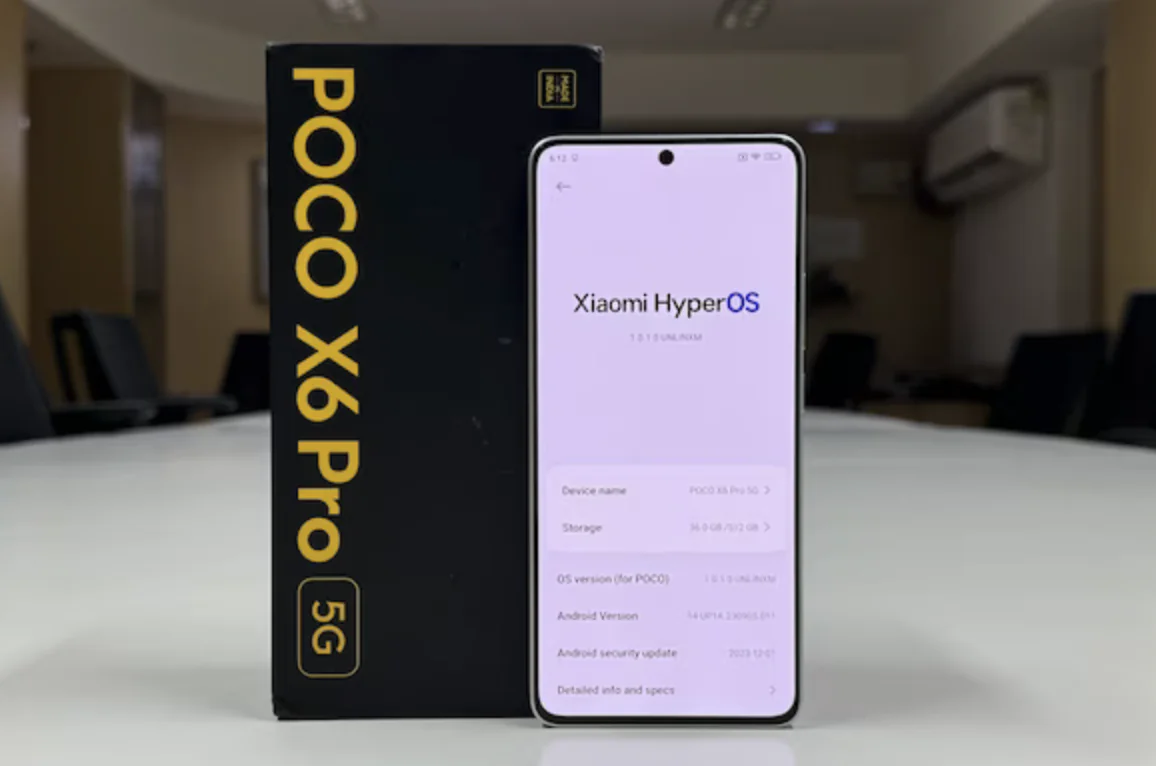
HyperOS succeeds MIUI, so experienced Xiaomi smartphone users will find it easy to navigate the new system. Perhaps only some icon designs and the arrangement of certain menu items might appear unfamiliar.
 It’s noteworthy that MIUI has always been known for its extensive customization options, and HyperOS continues to develop this idea by offering additional possibilities for personalizing the lock screen. There are several types of designs, each with its own clock style and corresponding look for the Always On display. A new system-wide font has been introduced as well. The multi-window interface has also been modified, with new buttons added to make the control more intuitive.
It’s noteworthy that MIUI has always been known for its extensive customization options, and HyperOS continues to develop this idea by offering additional possibilities for personalizing the lock screen. There are several types of designs, each with its own clock style and corresponding look for the Always On display. A new system-wide font has been introduced as well. The multi-window interface has also been modified, with new buttons added to make the control more intuitive.
Загалом не скажу, що при переході зі старіших Xiaomi/POCO/Redmi у вас будуть якісь проблеми з новою ОС. Ніякої революції немає, по суті тільки назва оновилася.
In addition to the pre-installed Google system apps, the manufacturer offers numerous proprietary apps that allow users to address various tasks. There’s a gallery app, music player, “Video” app, file manager, “Security” utility, and the Mi Browser. Some of these apps might be considered bloatware, i.e., unnecessary software. Additionally, Xiaomi’s apps have been known to include advertisements, a practice that has been present in MIUI as well.
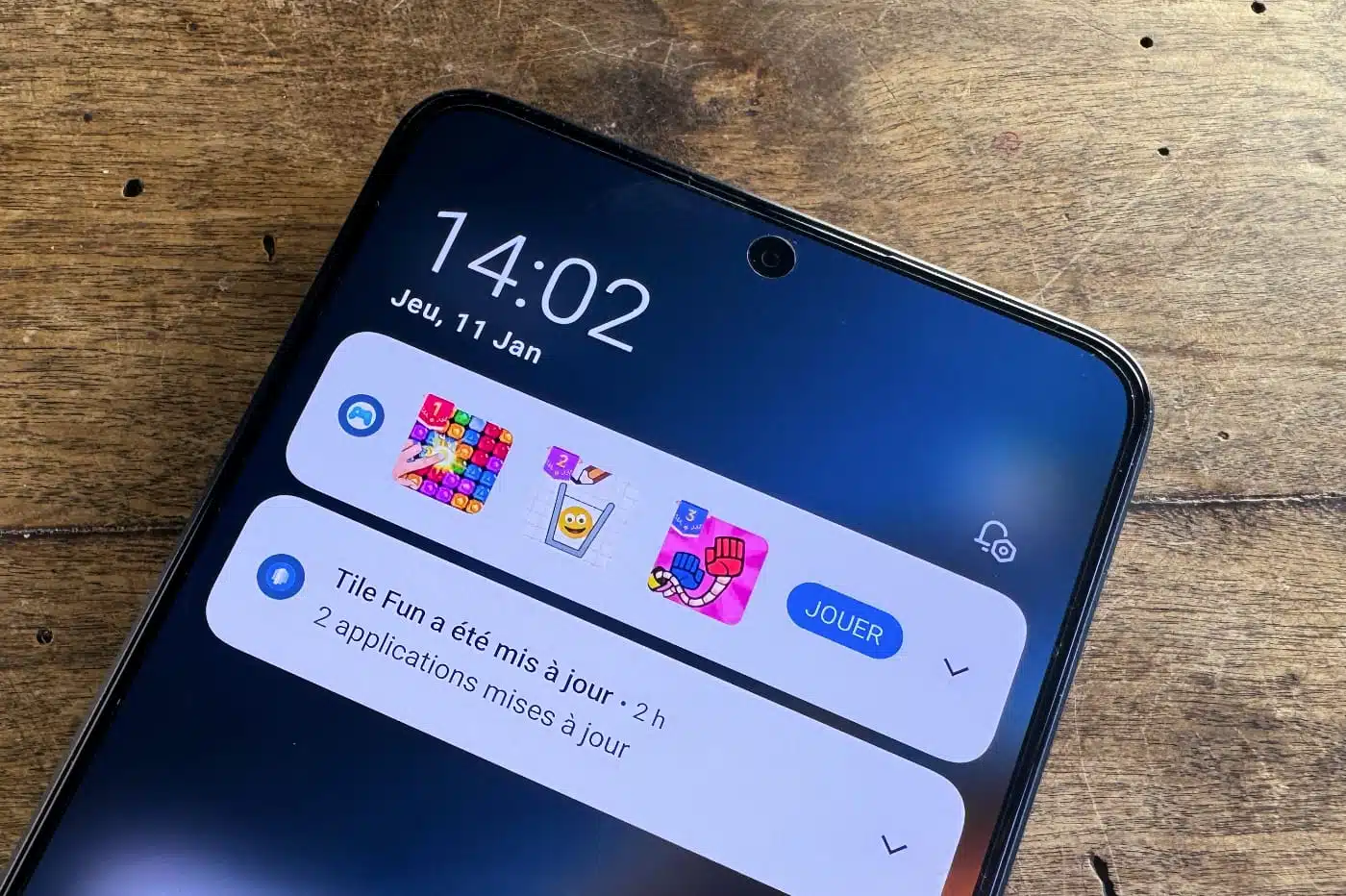

The Mi Remote app included in the package allows users to use the IR port on the X6 Pro to control home appliances (a feature commonly found in Chinese phones). Additionally, there’s a gaming hub called Game Center/Game Turbo, featuring a selection of pre-installed games and tuning options.
Read also: Xiaomi 13 smartphone review: almost perfect
POCO X6 Pro battery life
The battery capacity of the X6 Pro remains unchanged compared to its predecessor, the X5 Pro, at 5000 mAh. This is an average value for smartphones in this price segment. In a test simulating everyday use with a consistently active screen, the POCO X6 Pro achieved a result of 11 hours and 46 minutes, which is very impressive.
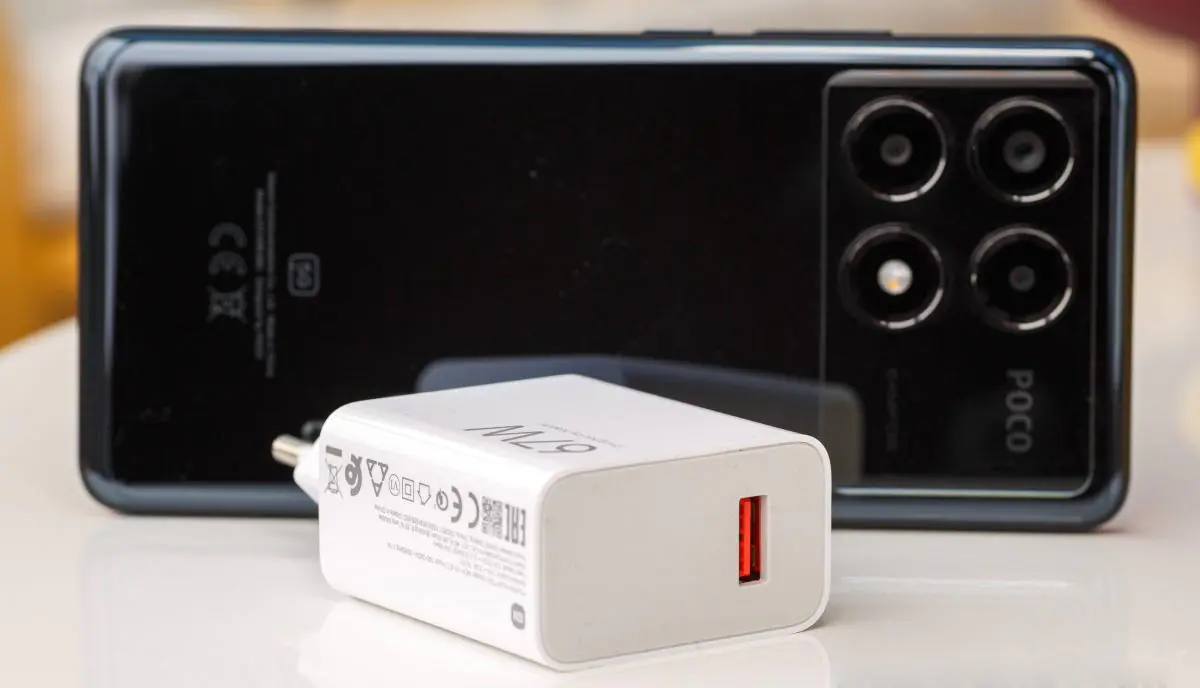
Summing up my personal tests, I can say that the full battery lasts for a day to handle typical smartphone user tasks. There’s even some reserve left for evening gaming or watching a movie.
The smartphone doesn’t have wireless charging functionality, but it comes with a fast 67W charging adapter. In tests, the phone reached a full 100% charge in just 43 minutes, starting from zero. This is a very impressive result. So, in conclusion, the battery is not a problematic aspect of this phone.
Sound
The X6 Pro features a full combination of two speakers: one is located at the bottom, and the other is positioned at the top. In vertical orientation, the top speaker serves as the left channel, and in horizontal orientation, the phone adjusts the channels according to spatial orientation. Dolby Atmos is also present to create immersive sound.
The volume is very high. In other respects, I don’t have a musical background, so I can’t judge as an expert or create frequency response graphs. In my personal opinion, the sound is quite good. This applies to the performance of the speakers both during calls and media playback.
Data transfer
The phone is capable of operating on all major communication standards, including 5G. For data transfer, it features Bluetooth 5.4 and Wi-Fi 6. The model supports navigation systems such as GPS, Glonass, Beidou, Galileo, and QZSS. Of course, NFC is also available for in-store payments. Everything works without any issues.
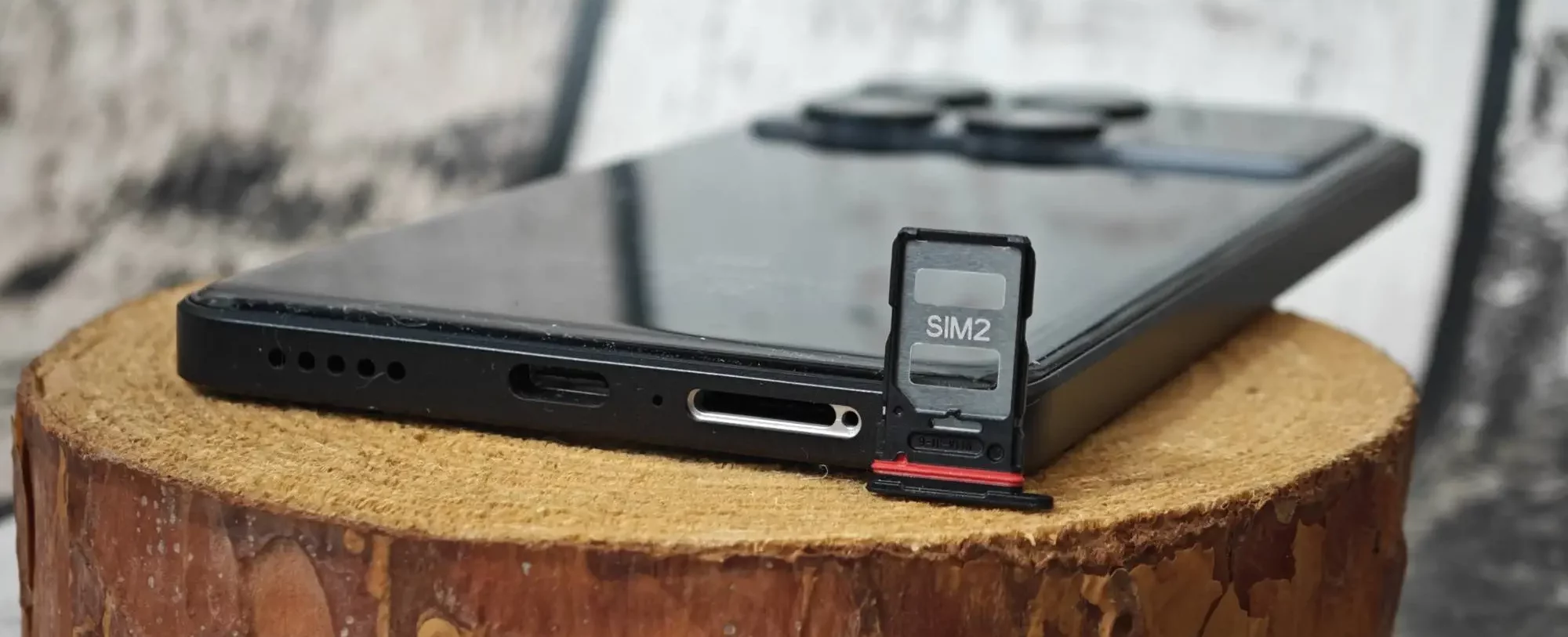
Competitors
In my review, I wrote many positive words about the POCO X6 Pro, not to mention the headline of the article. However, it would be good to understand its position among competitors, as the product has a specific niche: a mid-range smartphone with an excellent display, high performance, and other features that are not outstanding but not disappointing either.
Firstly, let me remind you that the price of the POCO X6 Pro with 12/512GB storage in stores is around $450.
One of the obvious competitors for a similar price is the Samsung Galaxy A54. It boasts IP67 water resistance, a microSD slot, and eSIM support. On the other hand, the POCO stands out with higher performance, faster charging, and a better display. I would recommend the POCO.

In the face-off between the POCO X6 Pro and the Motorola Edge 40 Neo, the competition gets tougher. Much depends on the personal preferences of the potential owner. The POCO boasts a more advanced chipset, while the Moto offers IP68 water resistance, a more compact and stylish design, and a trendy display with rounded edges. In our view, the camera setup is also more appealing in the Edge 40 Neo – no unnecessary macro lens, but the wide-angle camera is equipped with autofocus for close-up shots. Plus, it comes at a more affordable price.

Another interesting competitor could be last year’s realme 11 Pro+. It has a distinctive look and also offers a version with eco-leather. The cameras are impressive, and the charging speed is a whopping 100W. However, it lacks any water resistance, and the processor might not be as advanced, but it’s still quite capable.

A similarly priced Pixel 7a from the previous year lags behind the POCO in most aspects—display quality, battery life, and charging speed. However, Google’s phone probably has better cameras (thanks in part to well-tuned software), comes with water resistance (IP67), and offers a cleaner Android experience, which is lighter and less loaded than HyperOS.
![]()
Other interesting competitors could be the OnePlus Nord 3 5G with a great display and pleasant cameras. Additionally, the recent release, Honor 90 5G, stands out with a display featuring rounded edges and an impressive 200 MP main camera (though numbers are not everything, it captures stunning photos).

POCO X6 Pro turned out to be even more successful compared to POCO F5 – not only because it is more affordable but also due to its vibrant display with a higher resolution.
In general, personal preference is a matter of taste, but for me, it’s evident that within the $530 range, the new POCO X6 Pro is capable of competing in terms of performance and some other features, giving a tough challenge to all potential competitors, many of which it surpasses with a clear advantage.
Conclusion
Regarding the drawbacks, let’s start with the negatives since the positives have already been discussed a lot. Firstly, the photo quality is just good, and it would have been desirable for something more outstanding, and the additional modules are weak. The glossy finish on the models in black and gray colors is also a bit bothersome (but no one forbids you to buy a cool yellow one). Well, the dust and moisture protection rating could be higher. The new HyperOS is not a revolution and is very similar to the former MIUI, still containing ads in the branded applications and unwanted pre-installed software (bloatware).
But the grandeur of the POCO X6 Pro lies elsewhere. Firstly, it’s the excellent display that pairs wonderfully with Dolby Vision playback—a desired rarity in the market. The long battery life in combination with the fast charger will give the owner a sense of confidence.
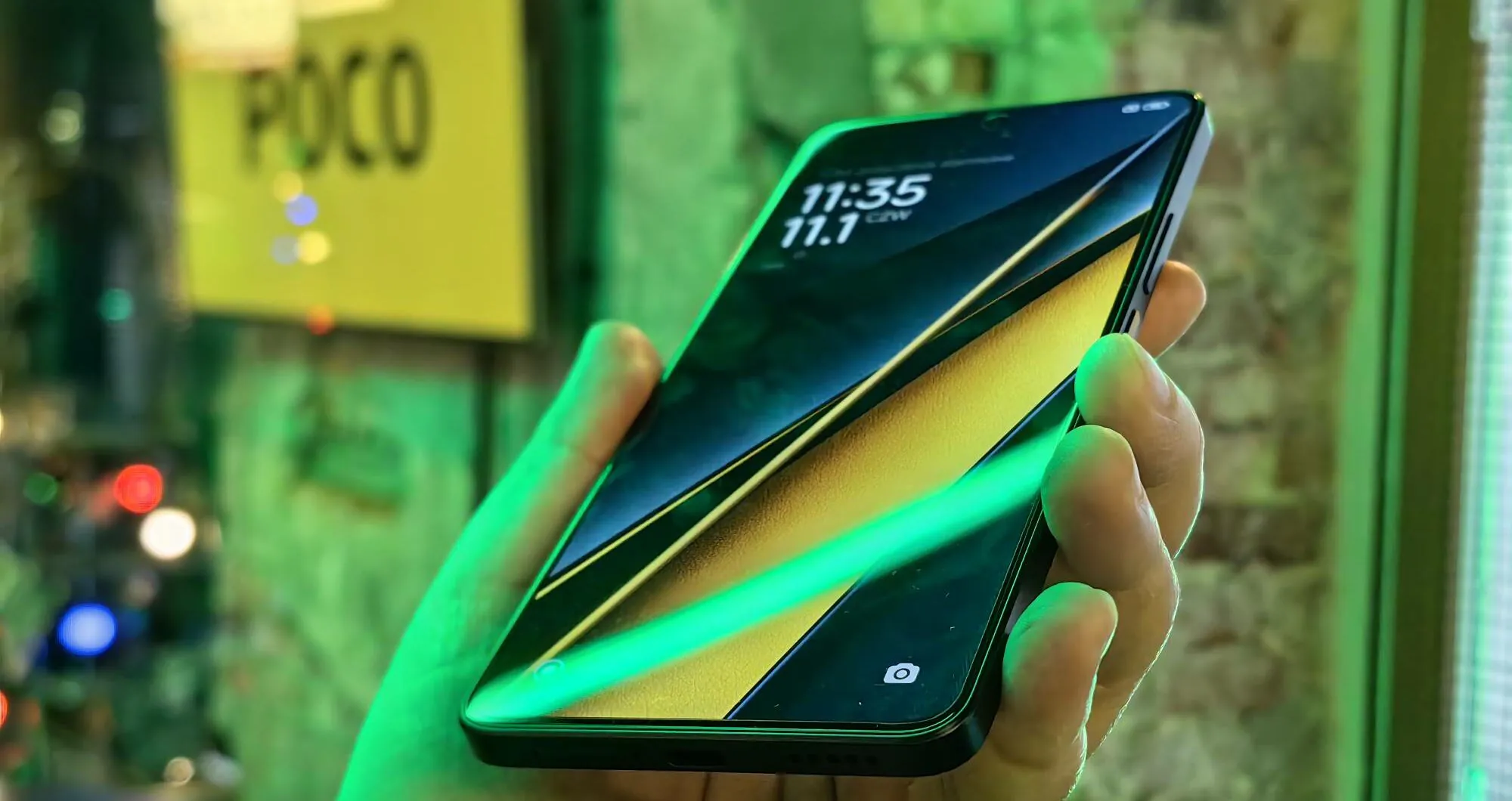
The key advantage, of course, is the new powerful chipset, which not only outperforms all competitors in the same price range but also has a high power reserve for the future. There’s also plenty of memory, and the modules are the most modern and fastest.
In my childhood, a long time ago, there was a children’s sports show with the motto “Do it with us, do it like us, do it better than us.” This motto fits well with the POCO X6 Pro. It excels in some aspects, performs many tasks very well, and experiences relative shortcomings only in a few areas.
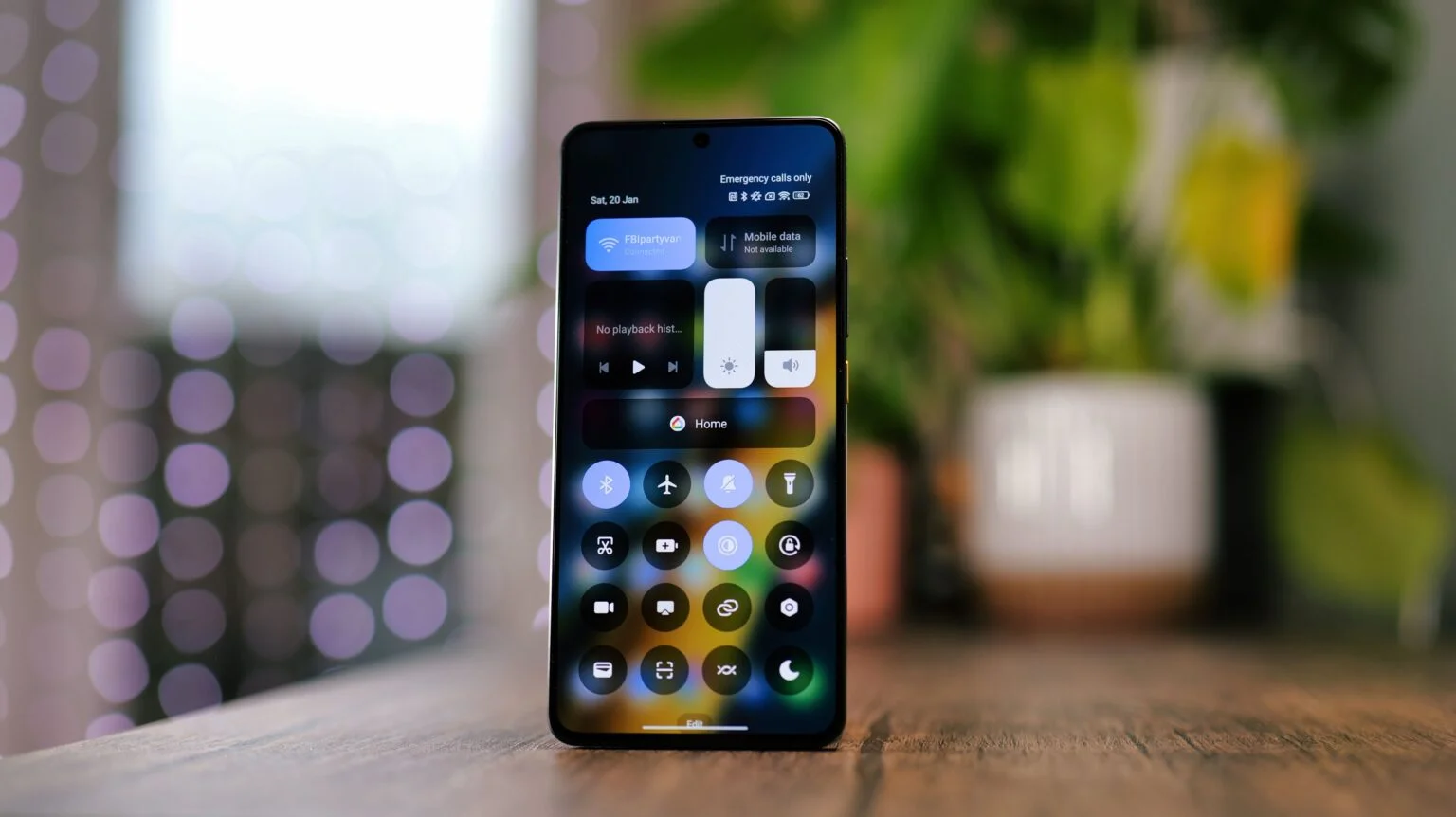
In conclusion, I can confidently say that considering its overall specifications, the POCO X6 Pro is one of the best in its price segment. It will remain a leader for a long time, especially when the price drops. Currently, it’s a hot new release, so discounts are rare. I mentioned the previous model, the X5 Pro, in the introduction for a reason. If the manufacturer decides that the X6 Pro is losing its leadership, users might have the opportunity to purchase this super-phone at a lower price, possibly during the summer. So, even if you don’t plan to buy a new smartphone tomorrow and are just considering the idea of replacement, always keep POCO X6 Pro in mind. Perhaps, one day, it will come to you.
What do you think of the new product? Share it in the comments!
Read also:
- OnePlus 12: First impressions of new product
- Realme C67 4G review: stereo sound, IP54 and battery life
- HUAWEI MateBook D 16 2024 review: For those who like more


